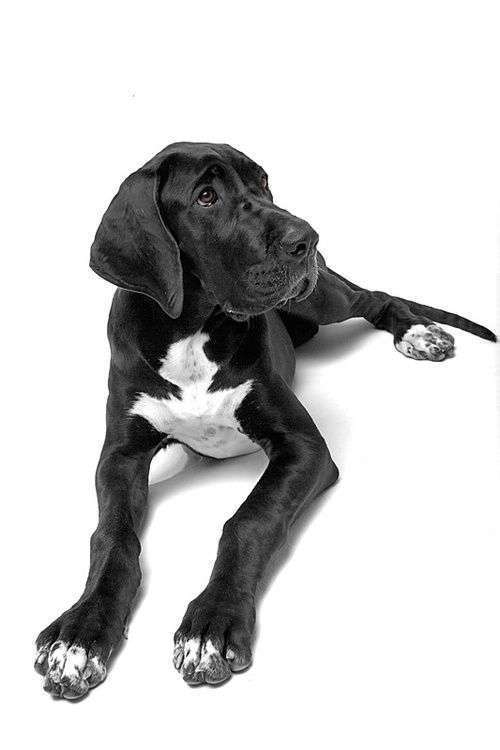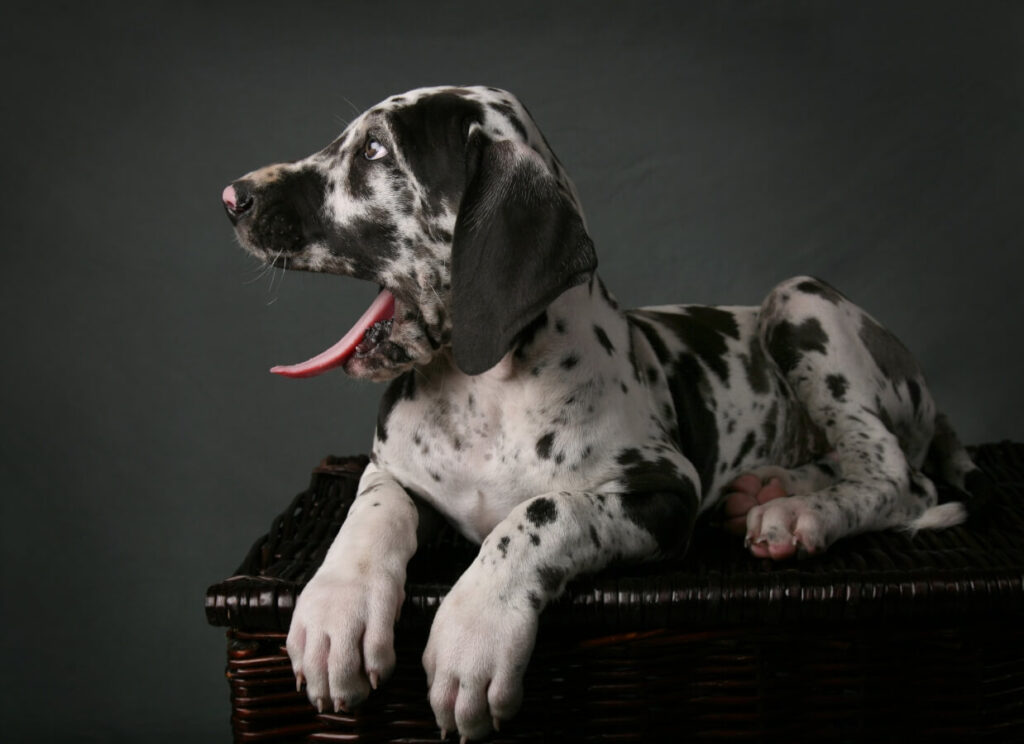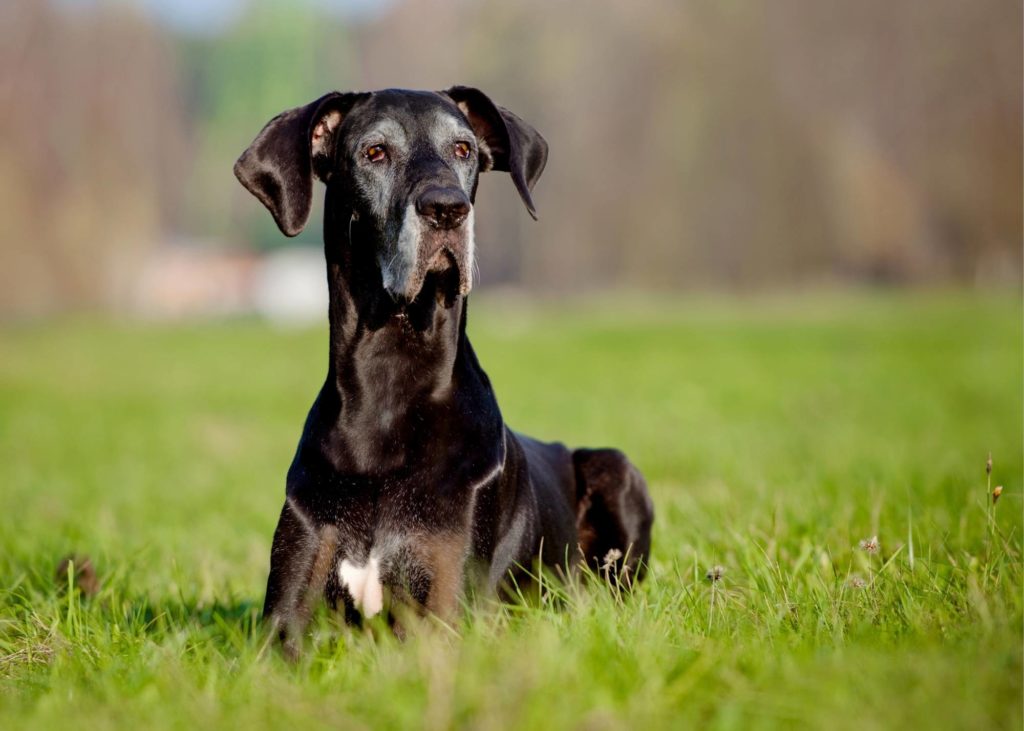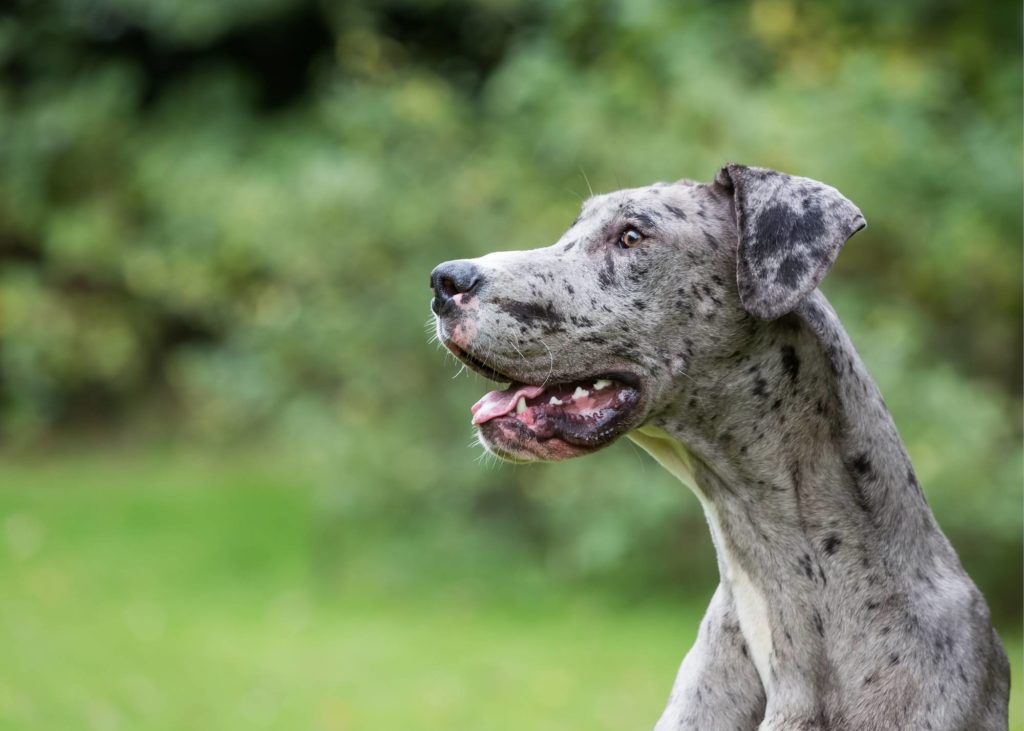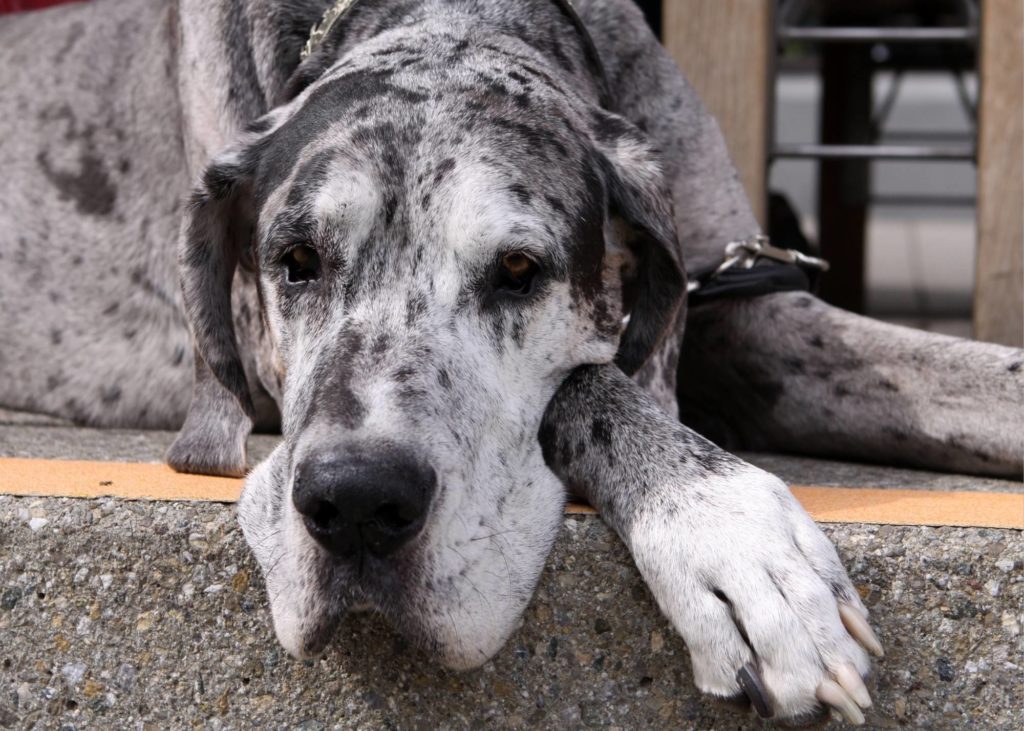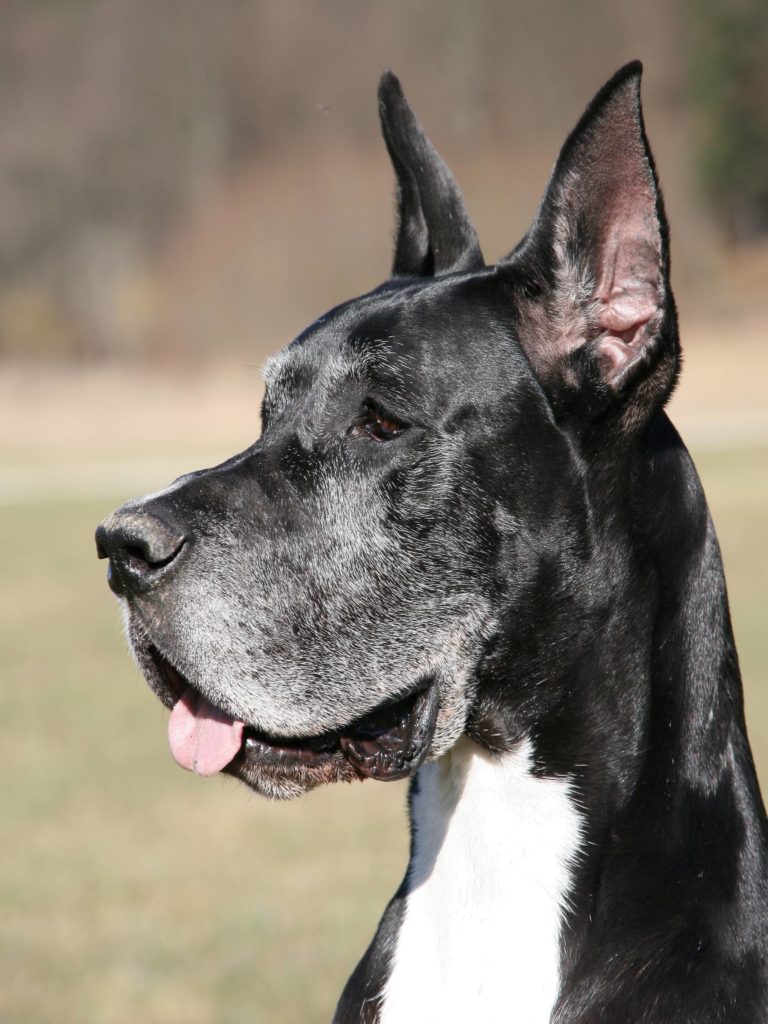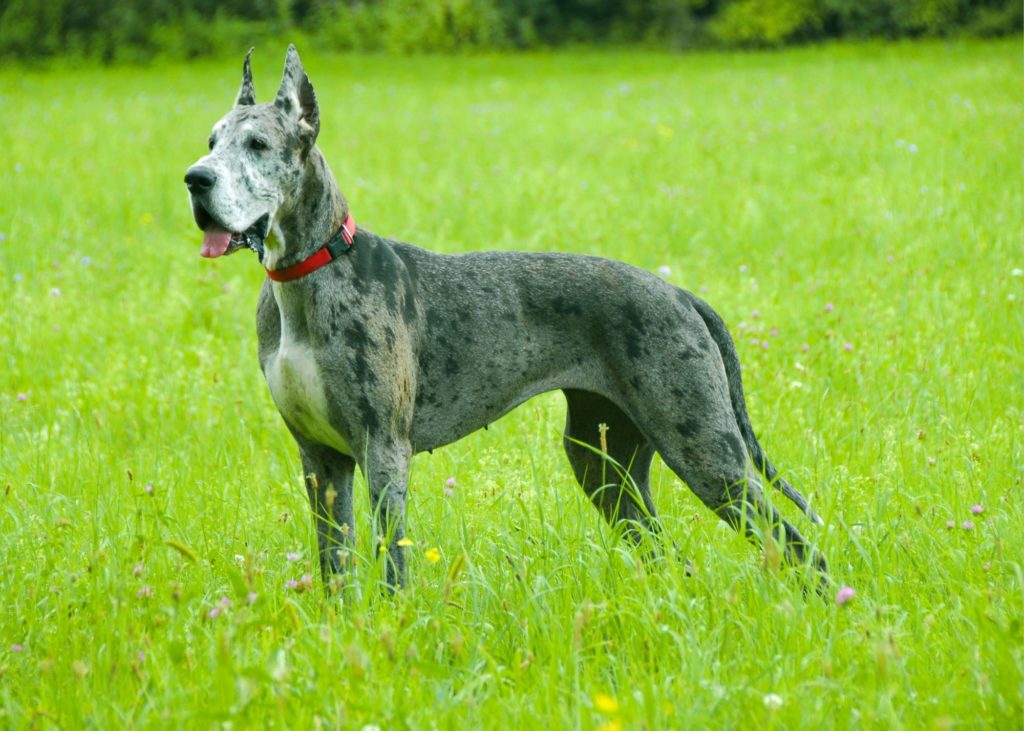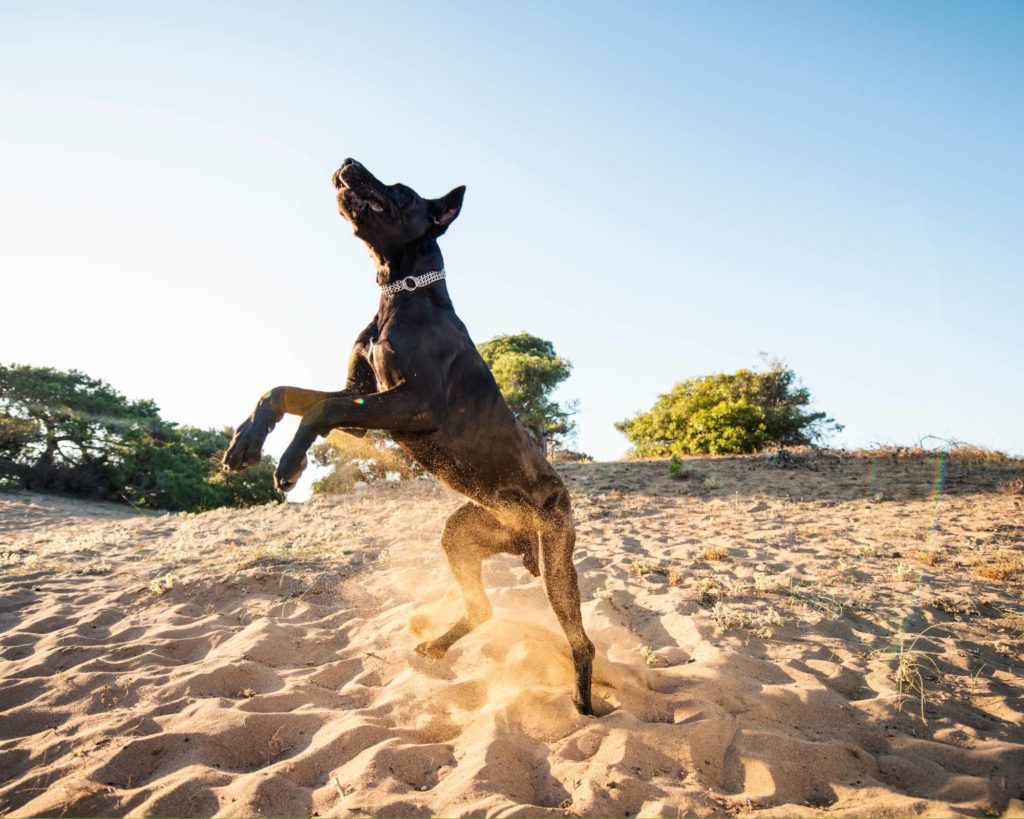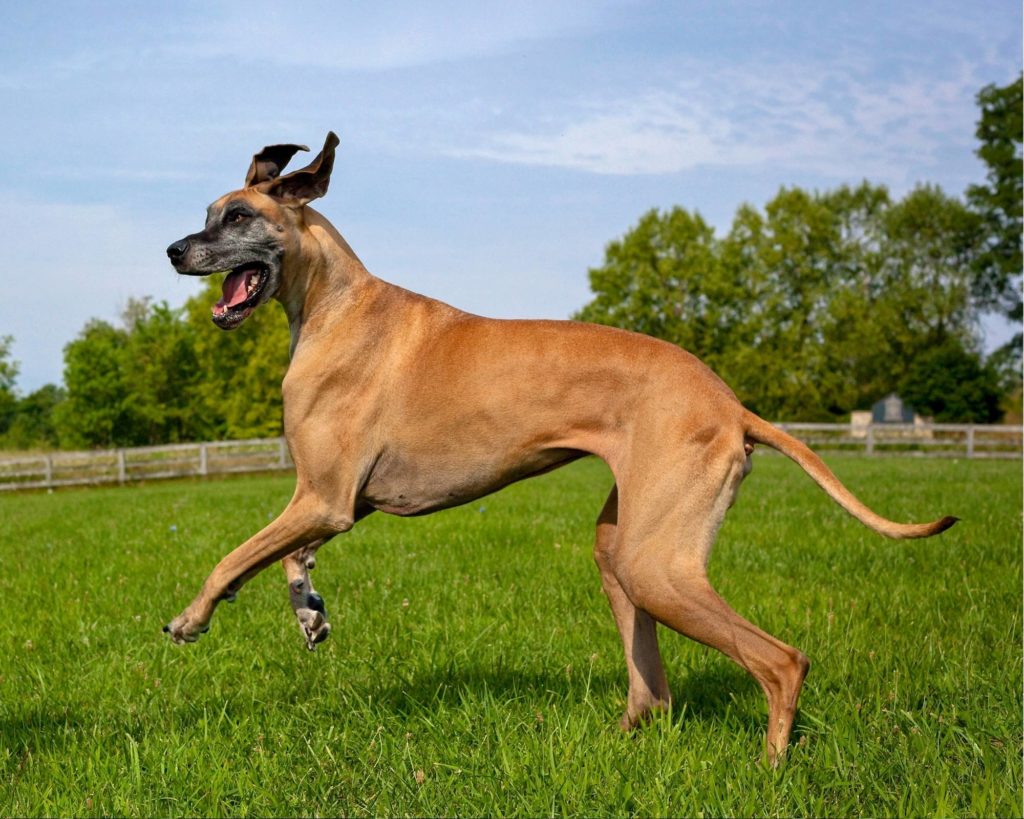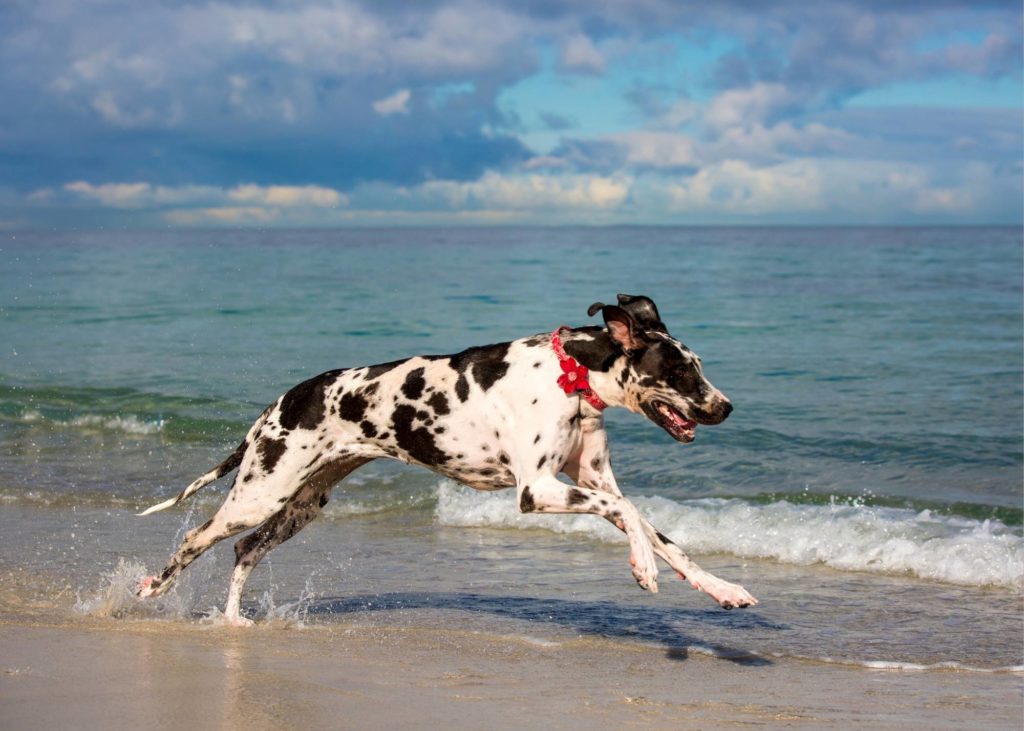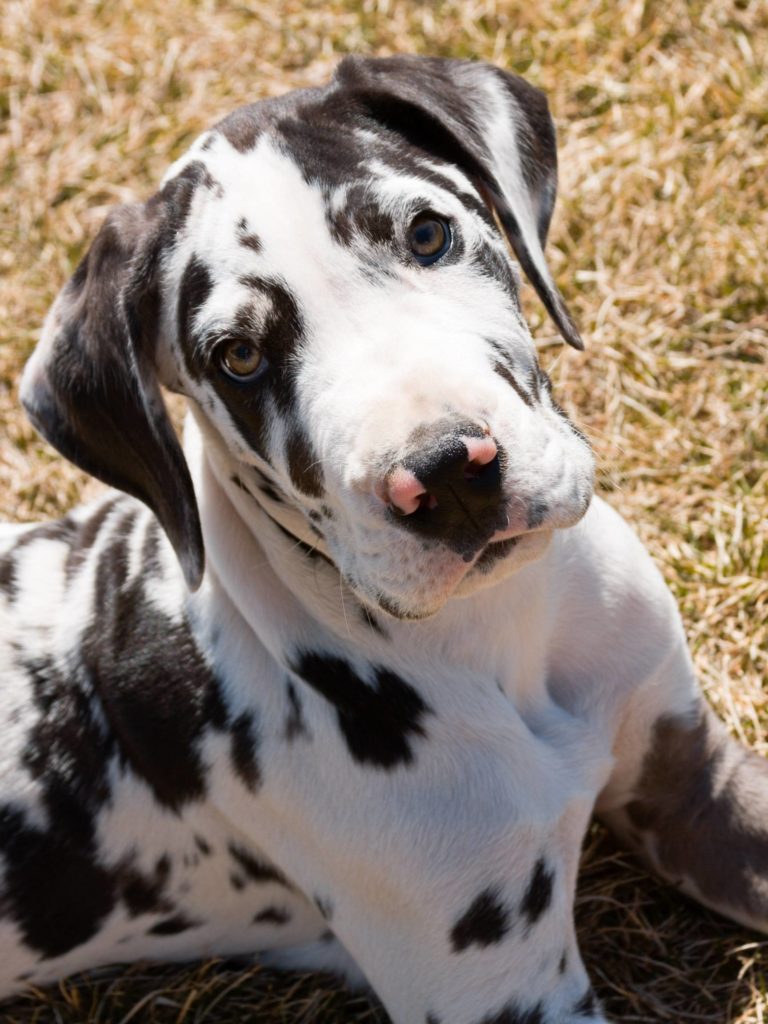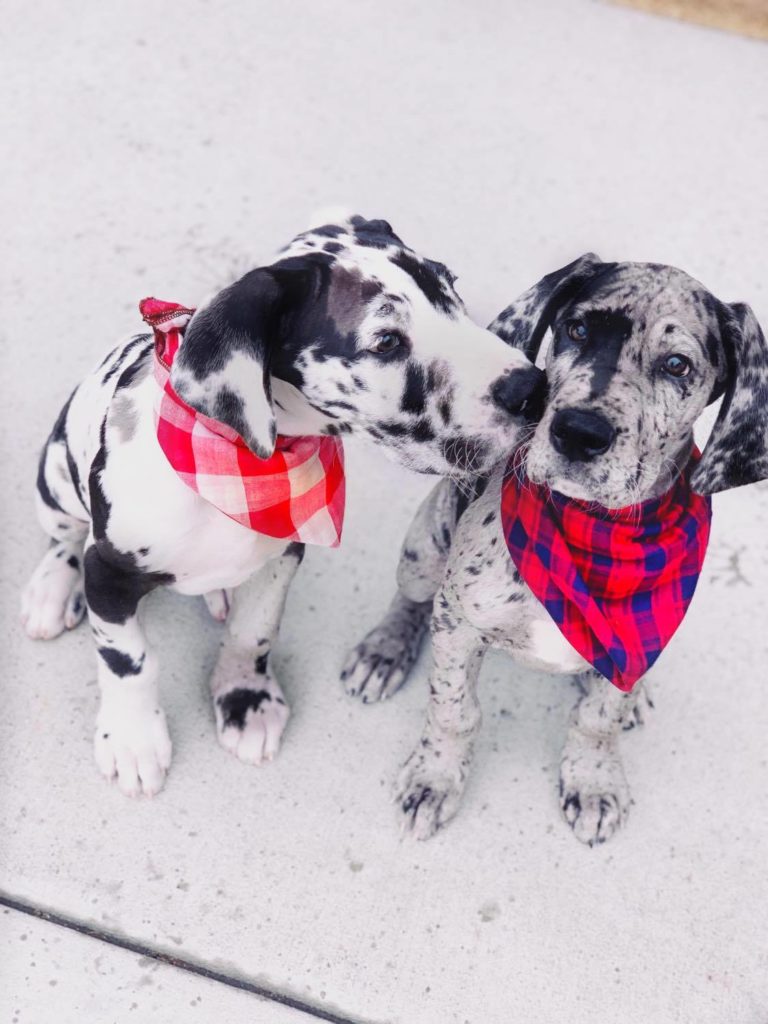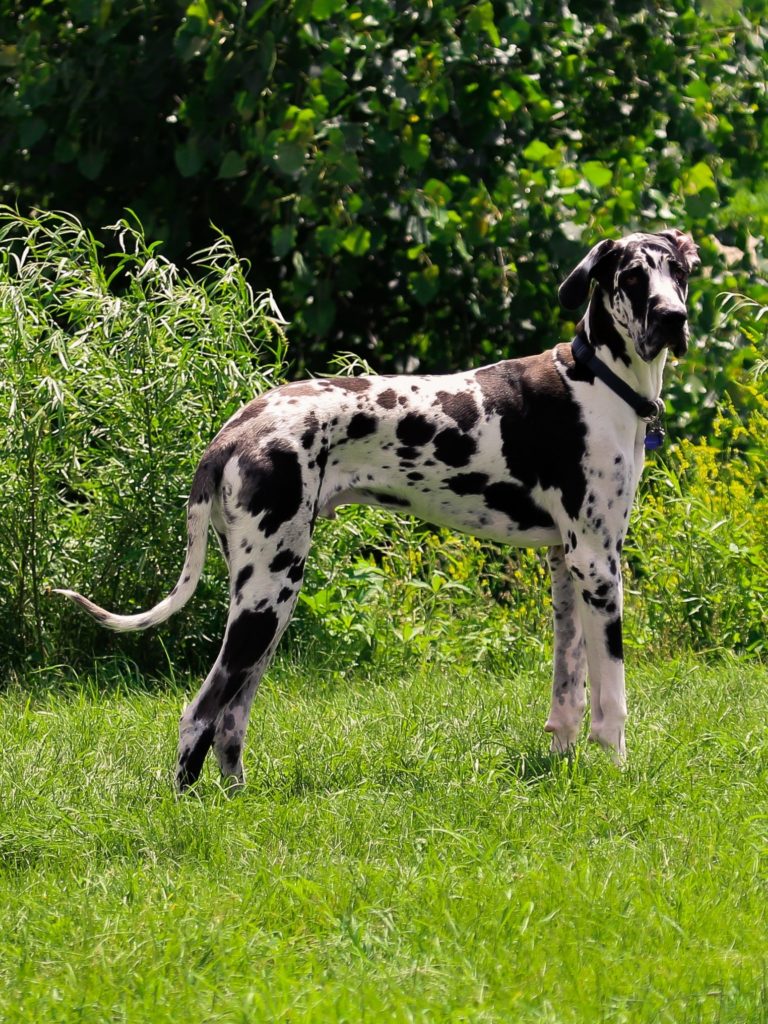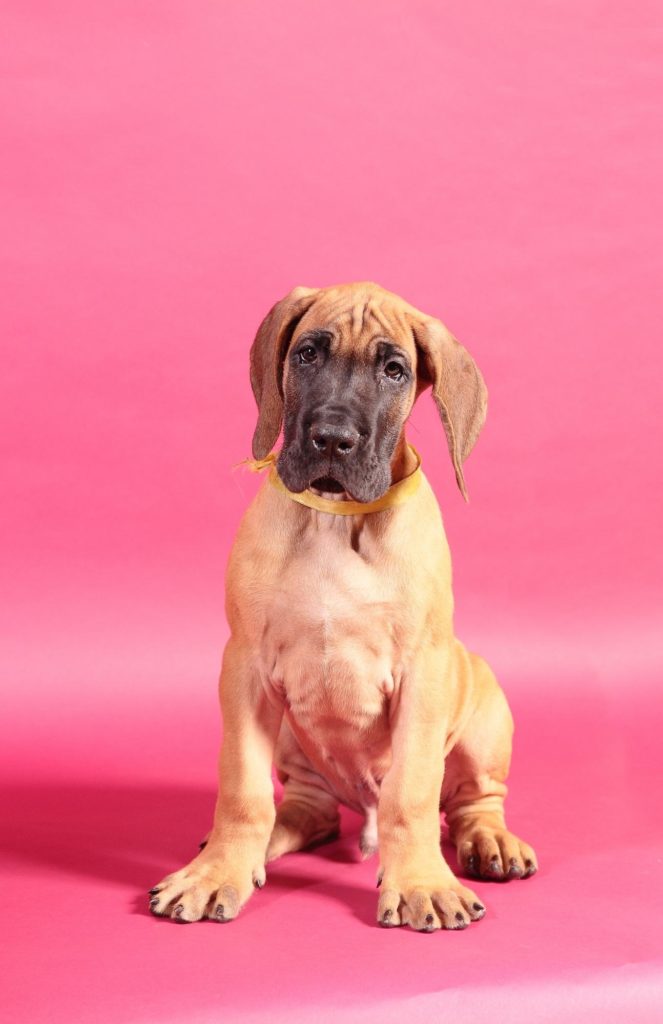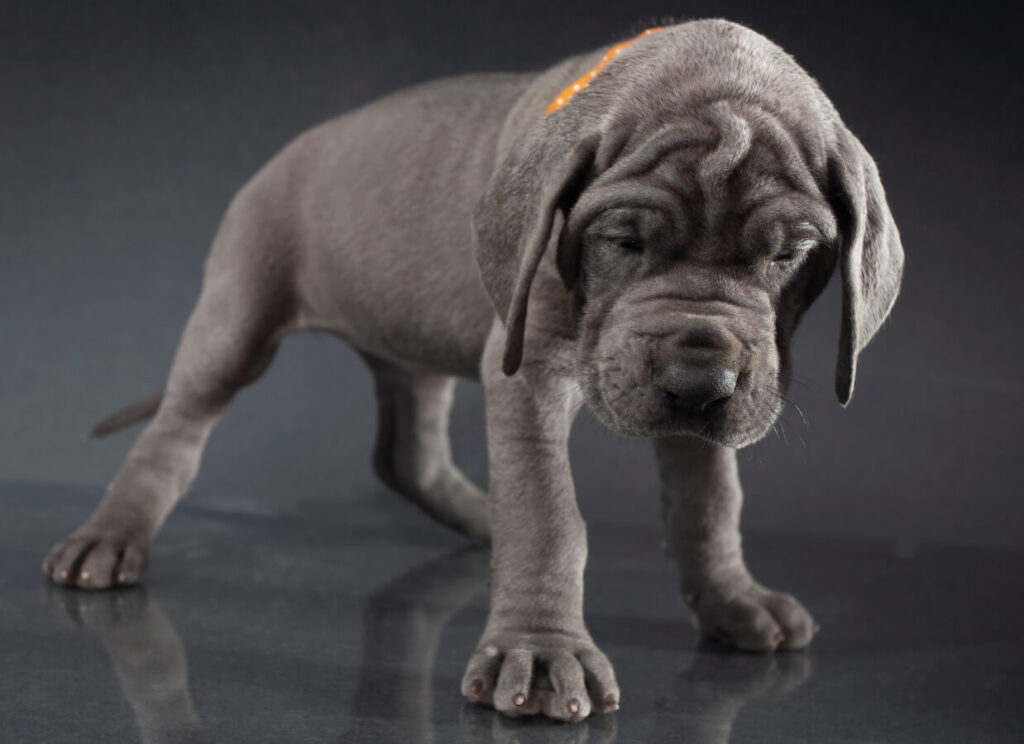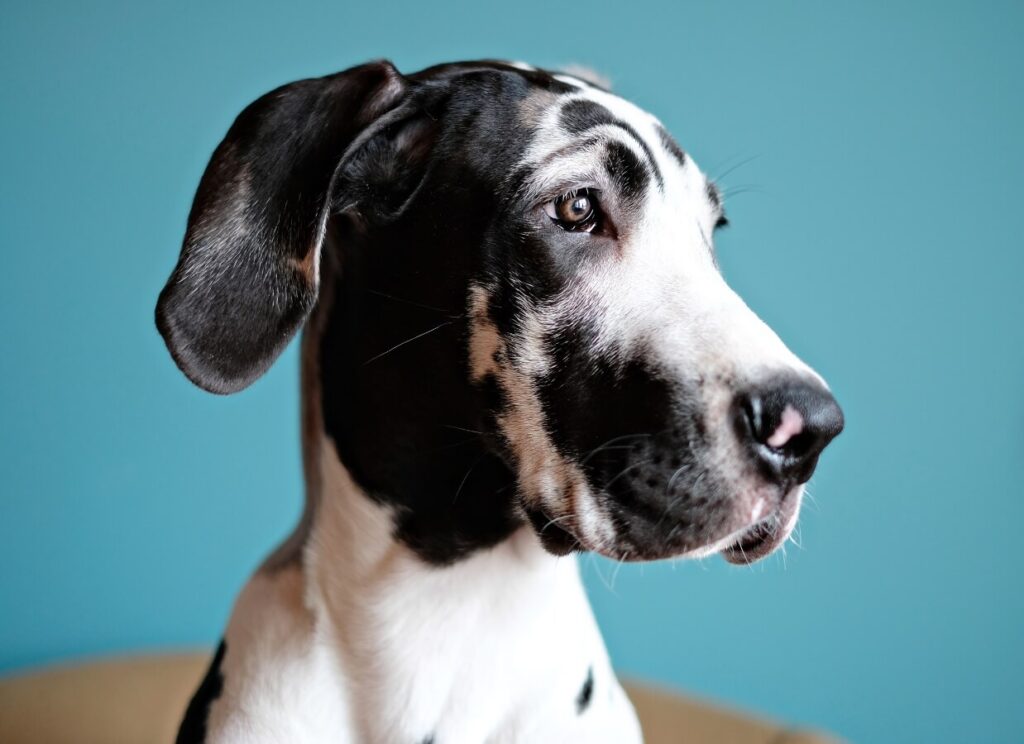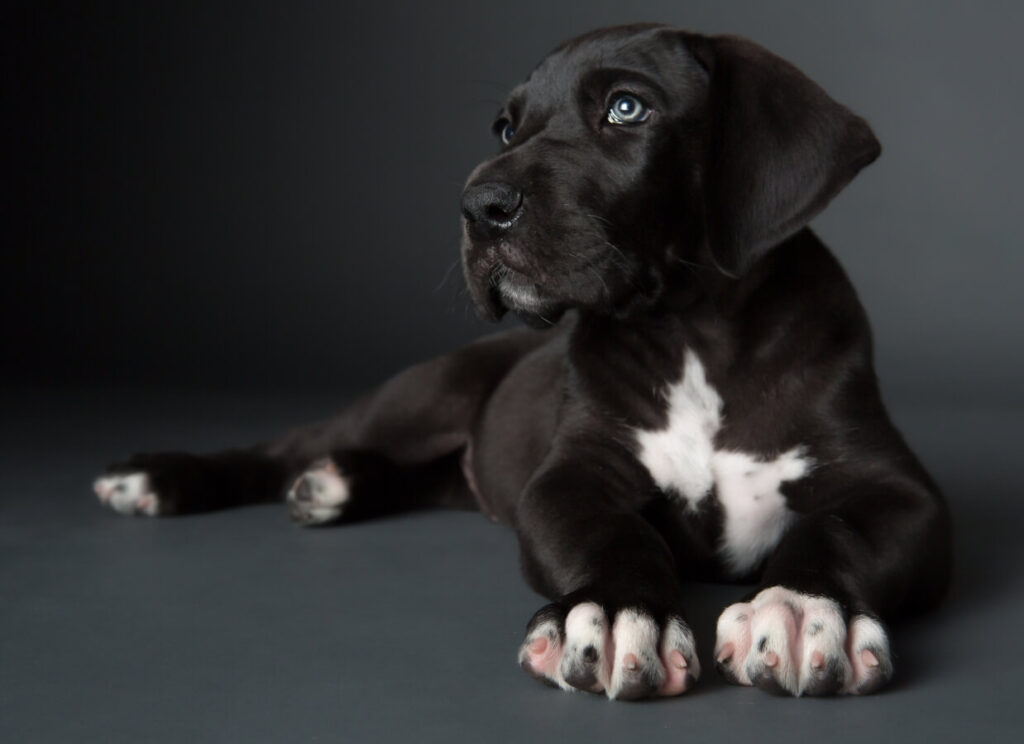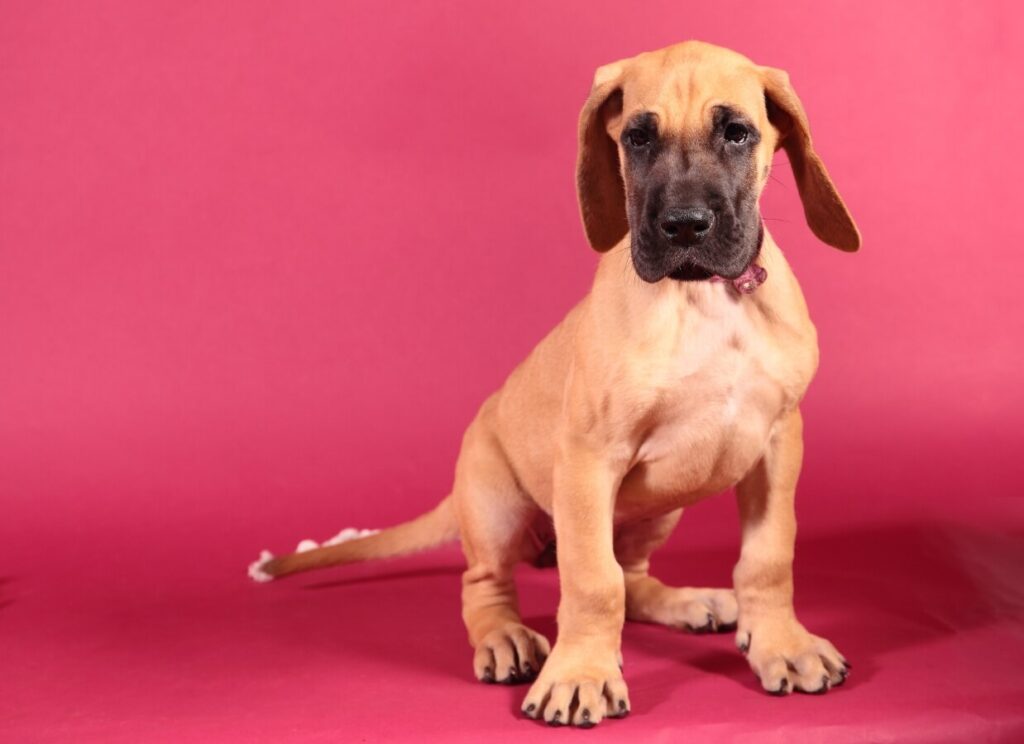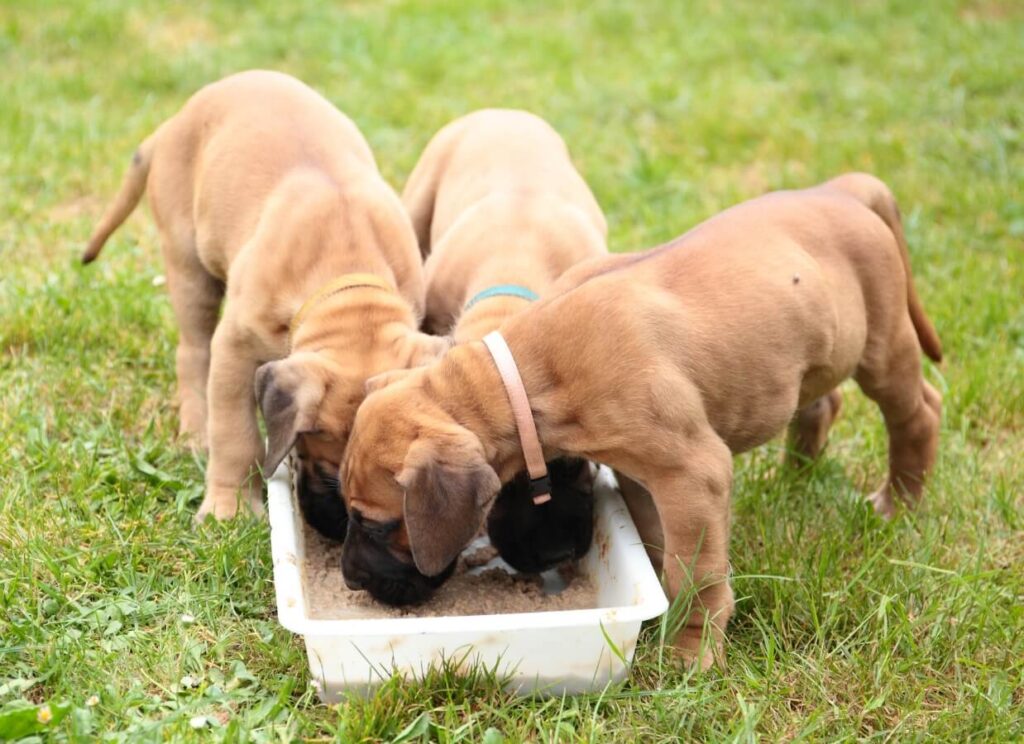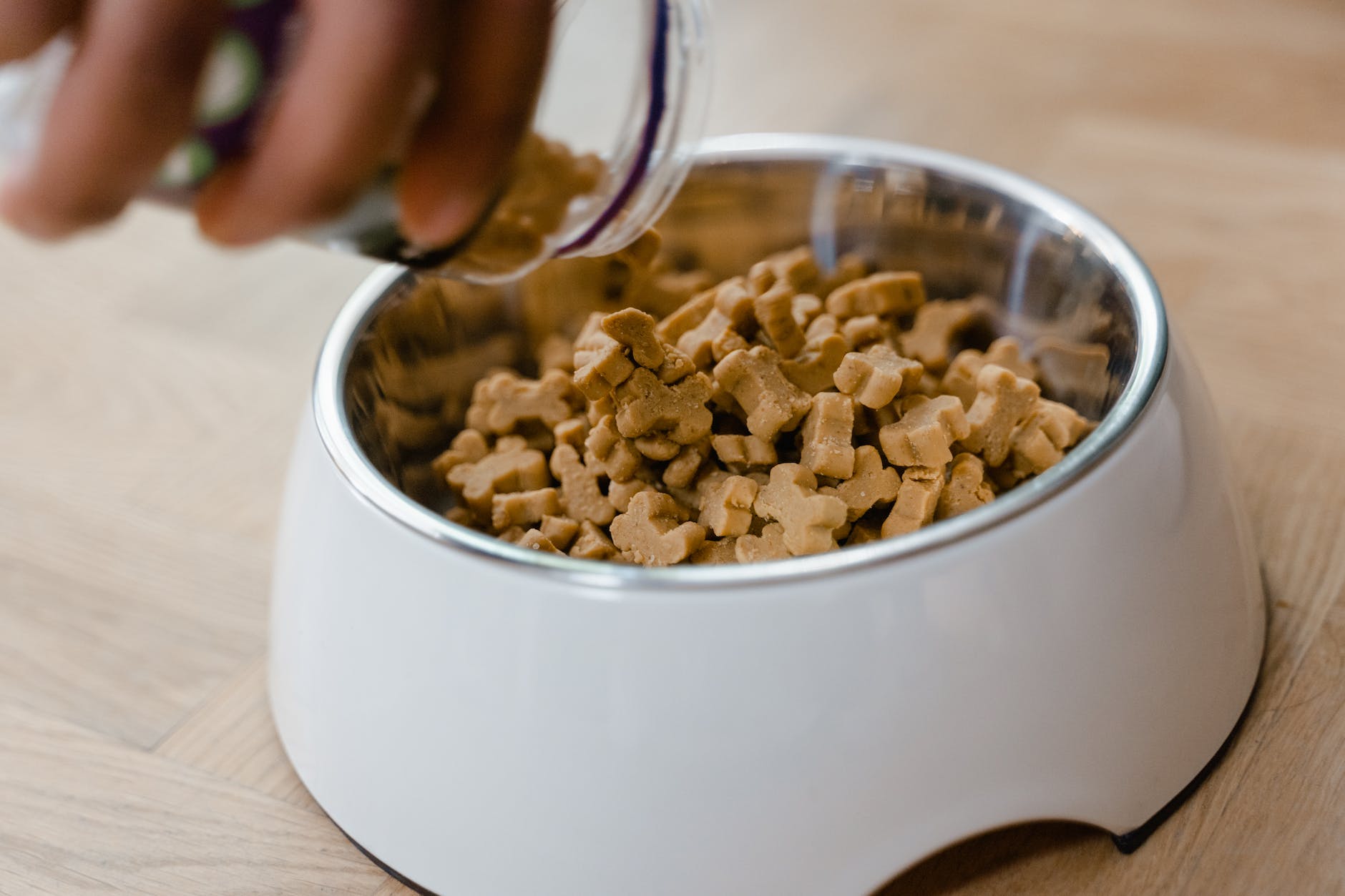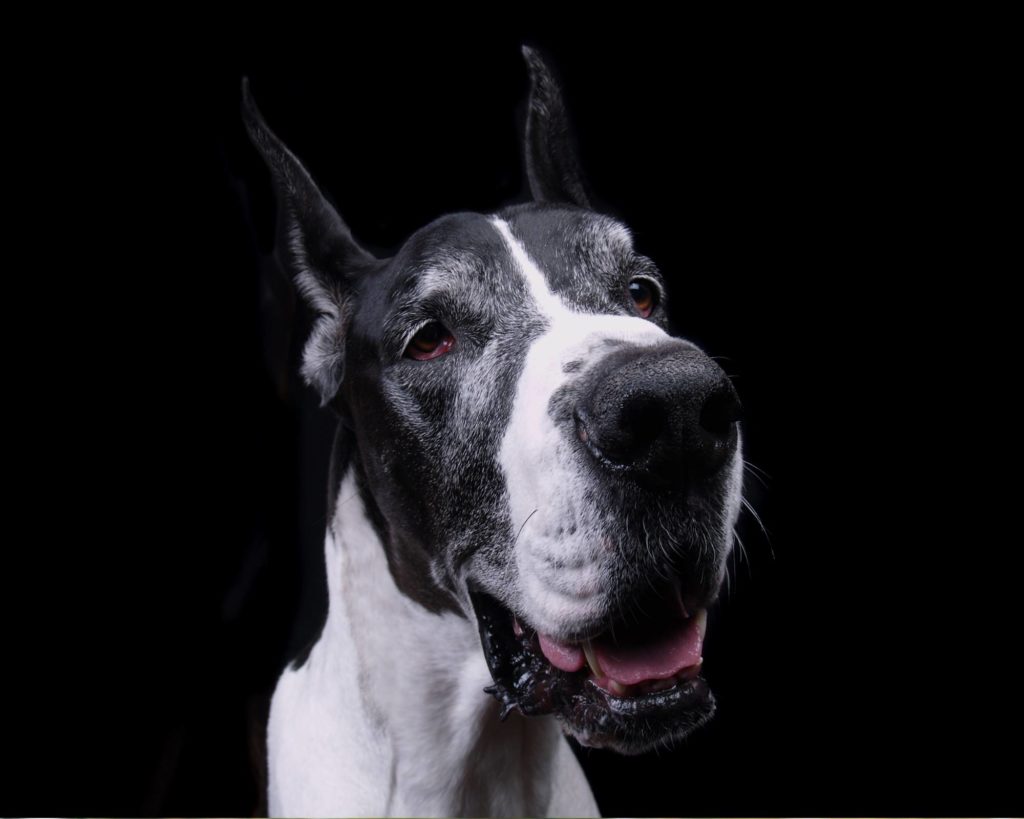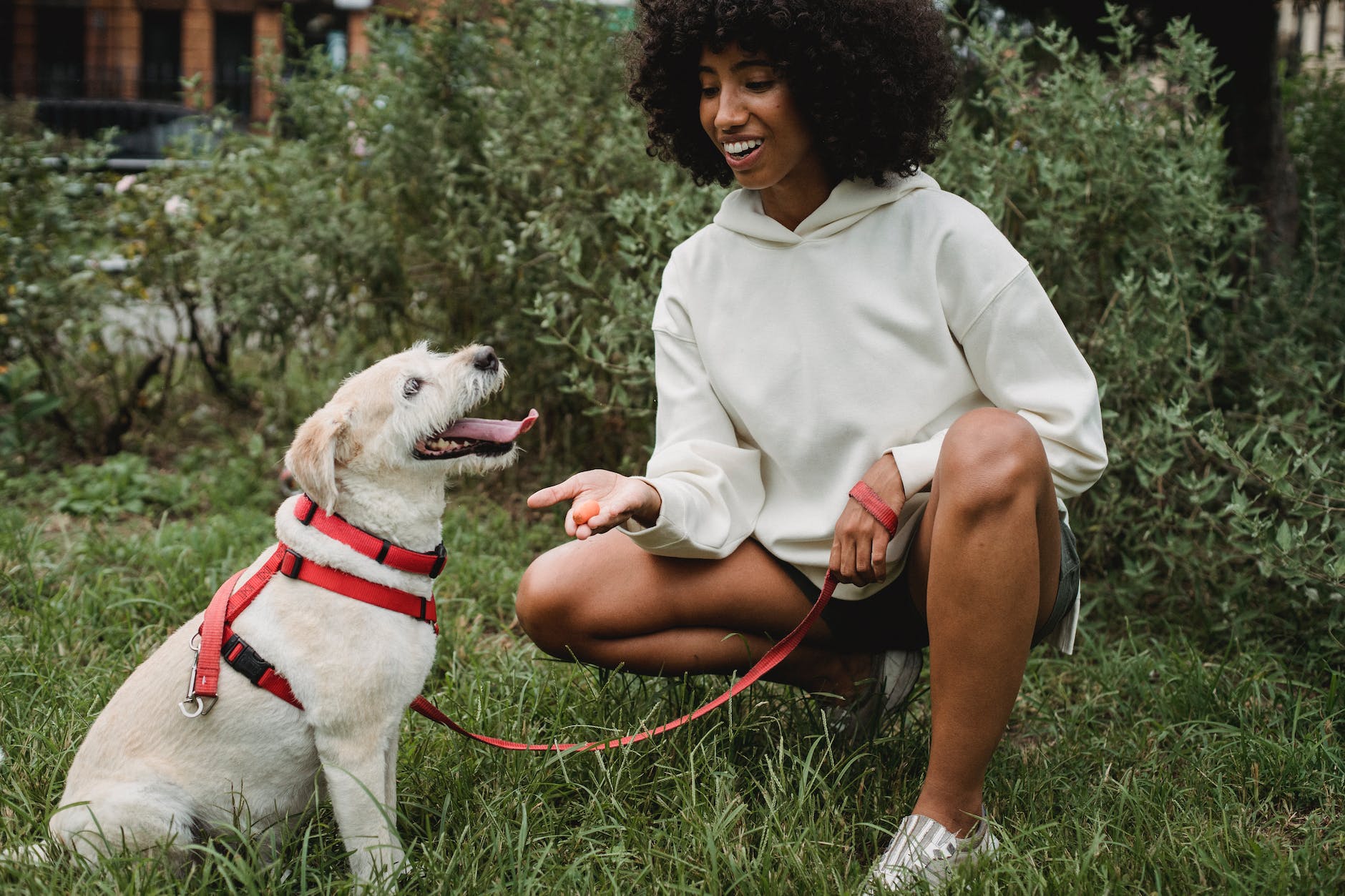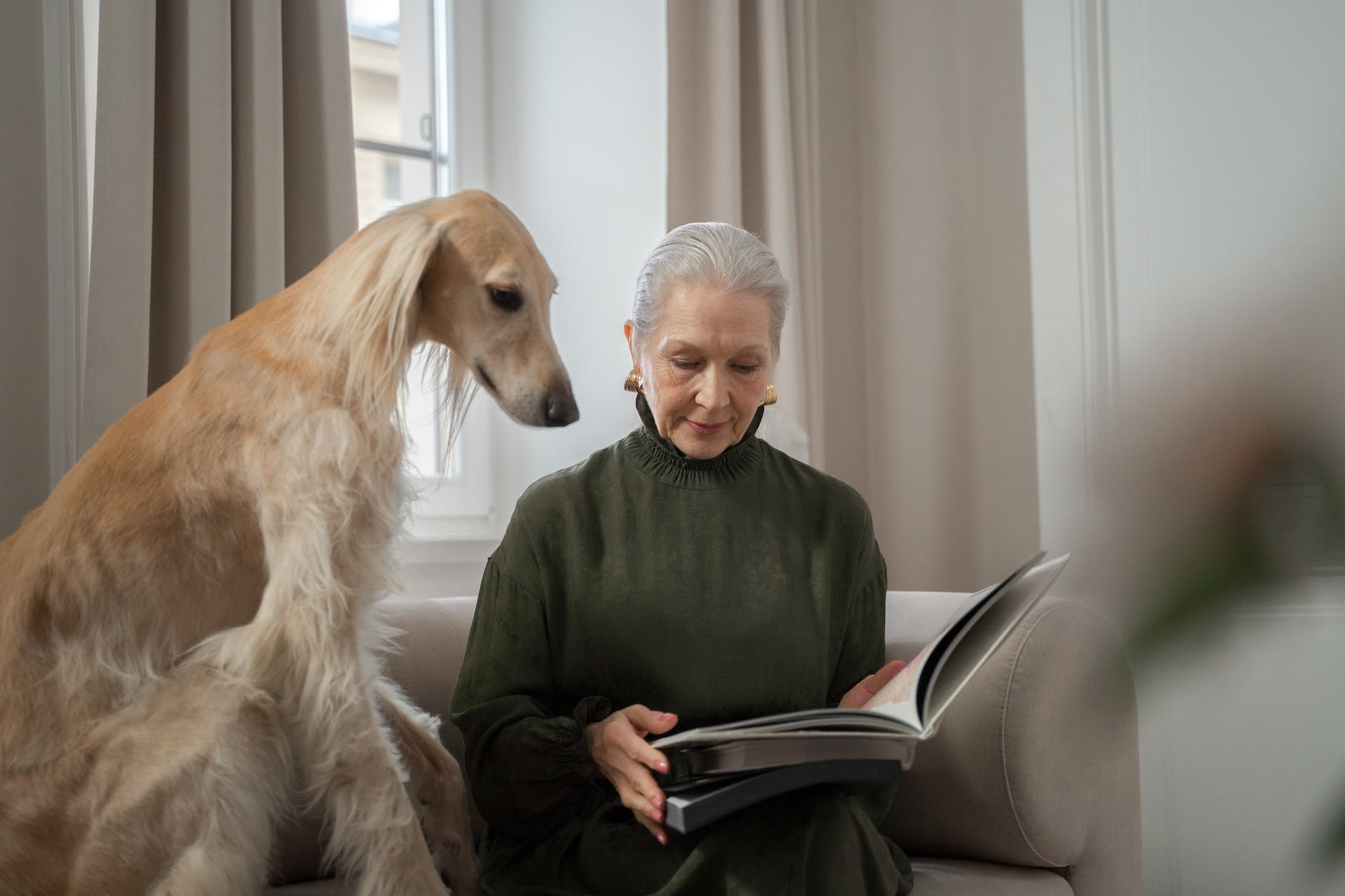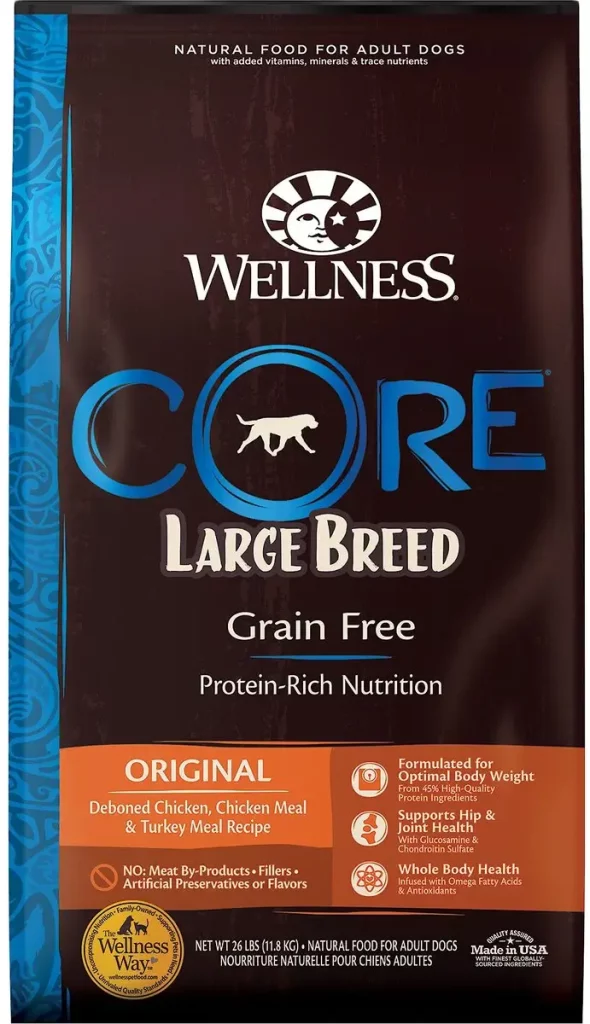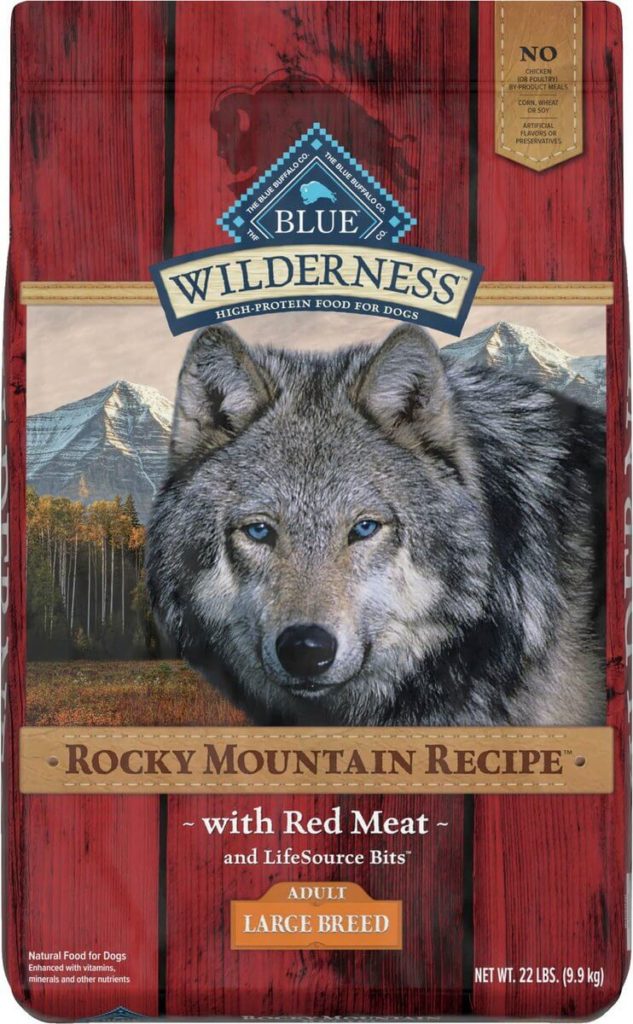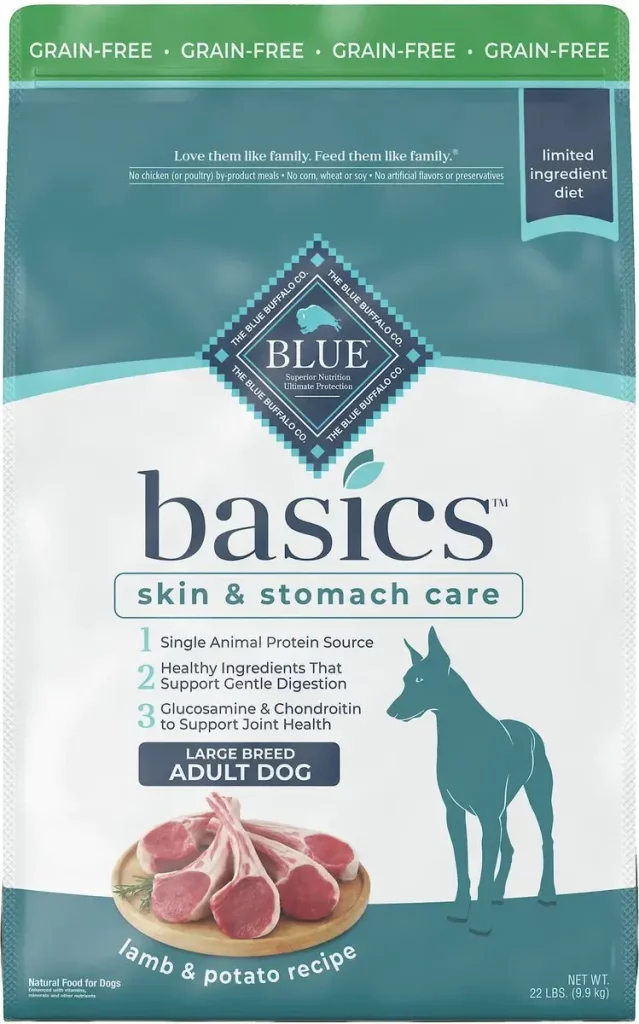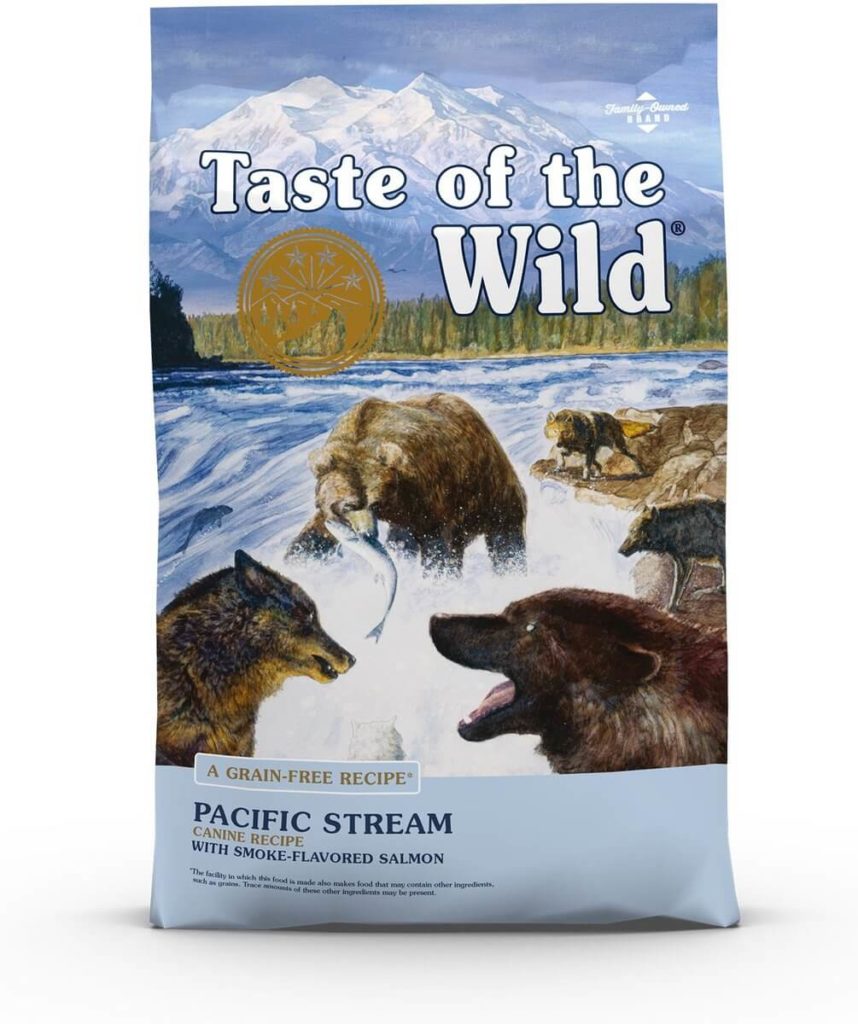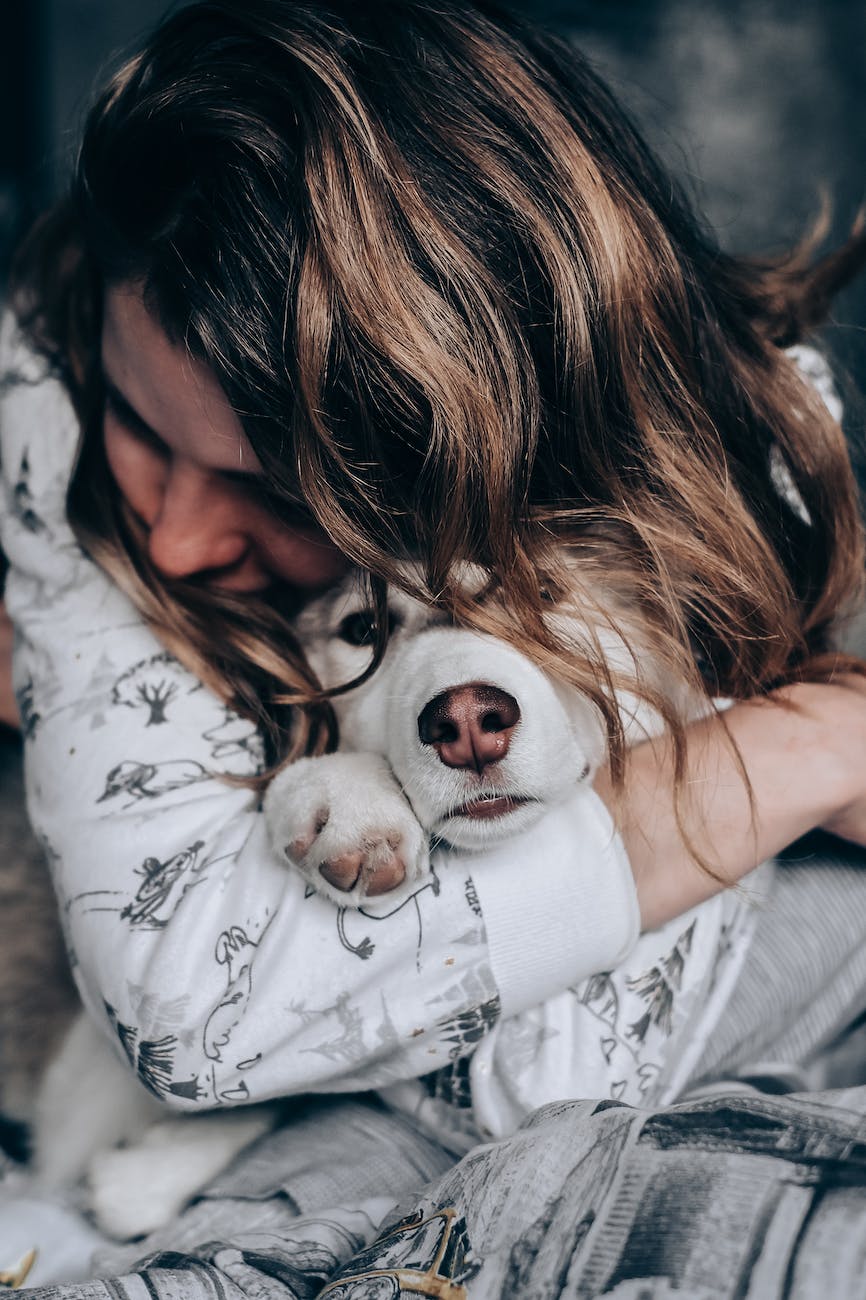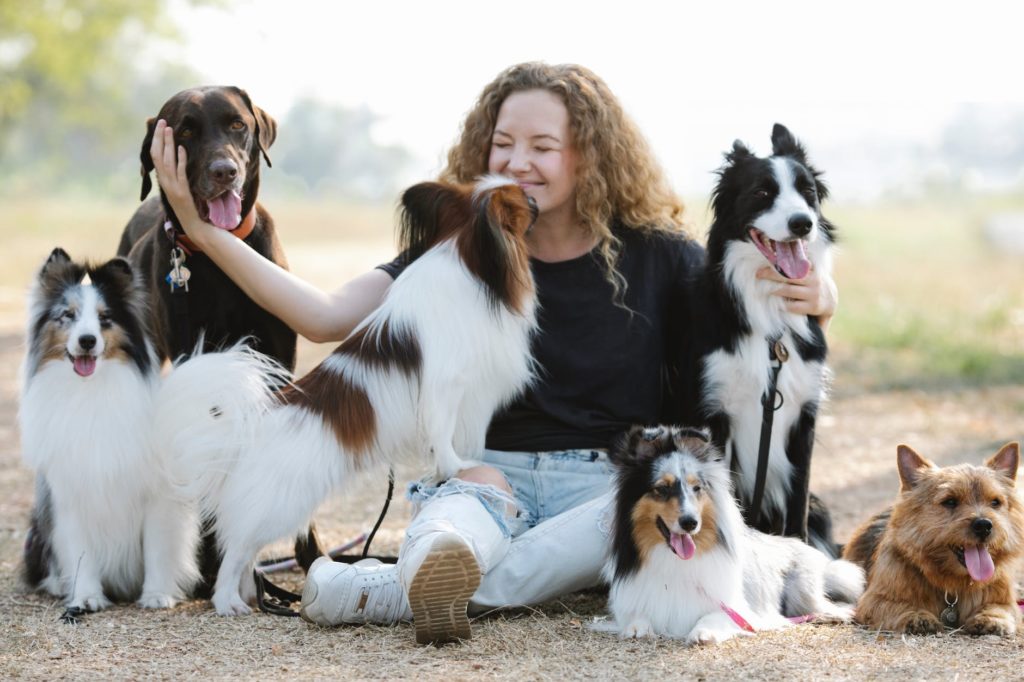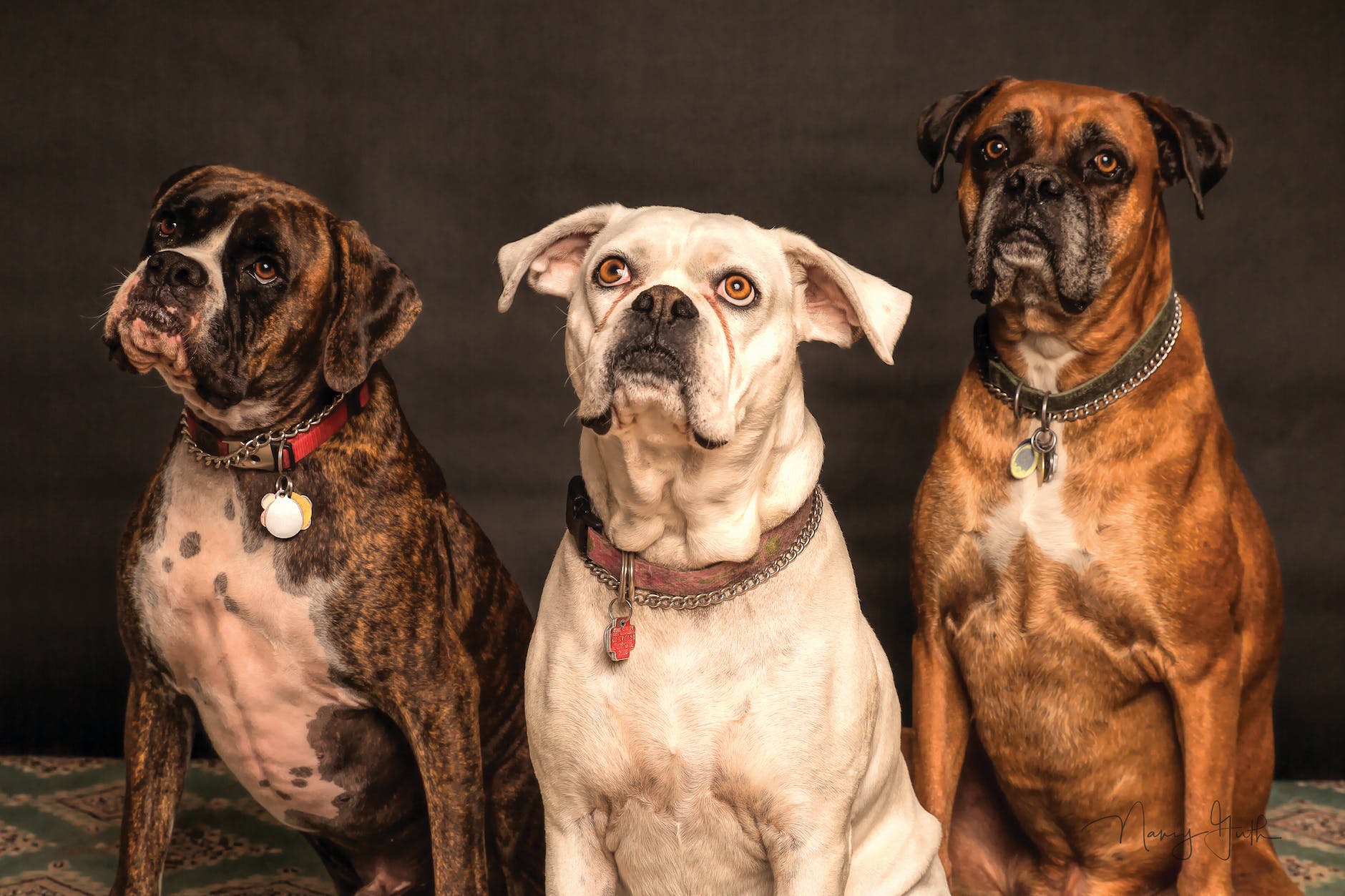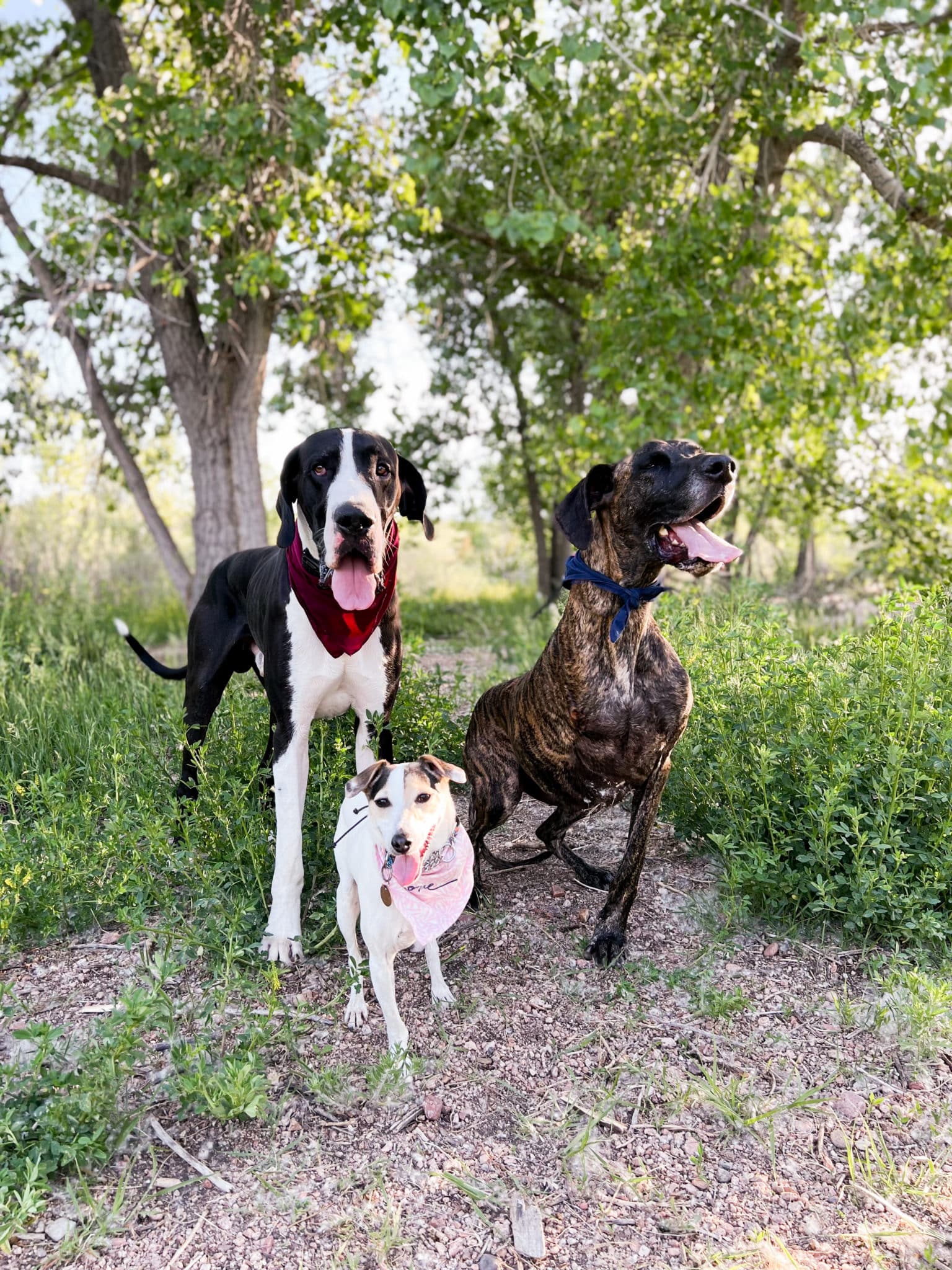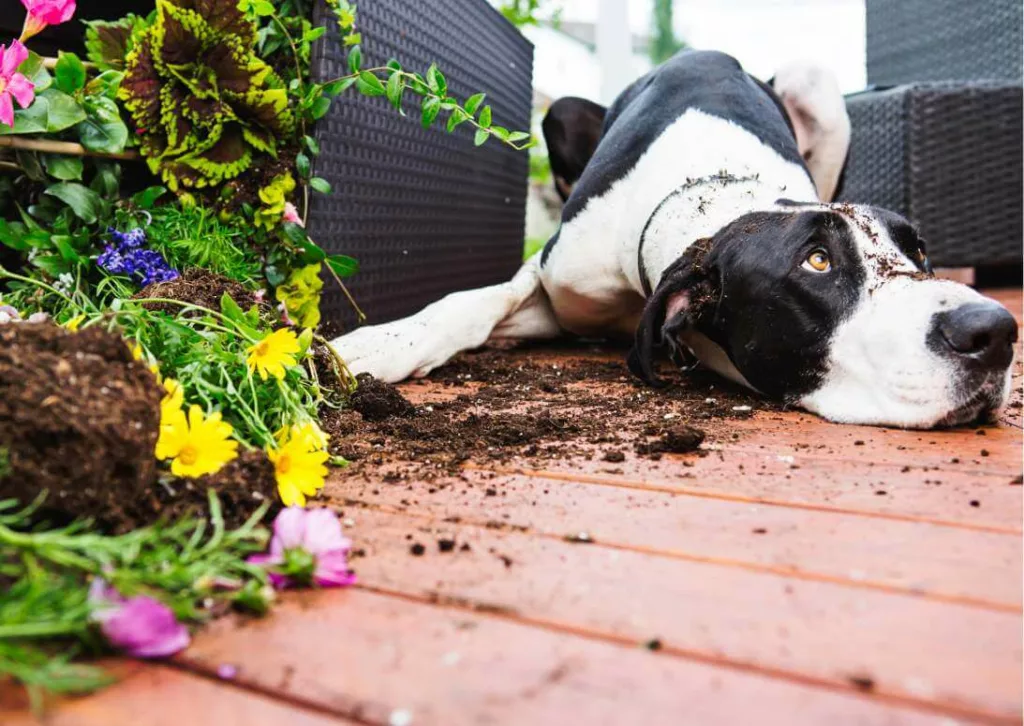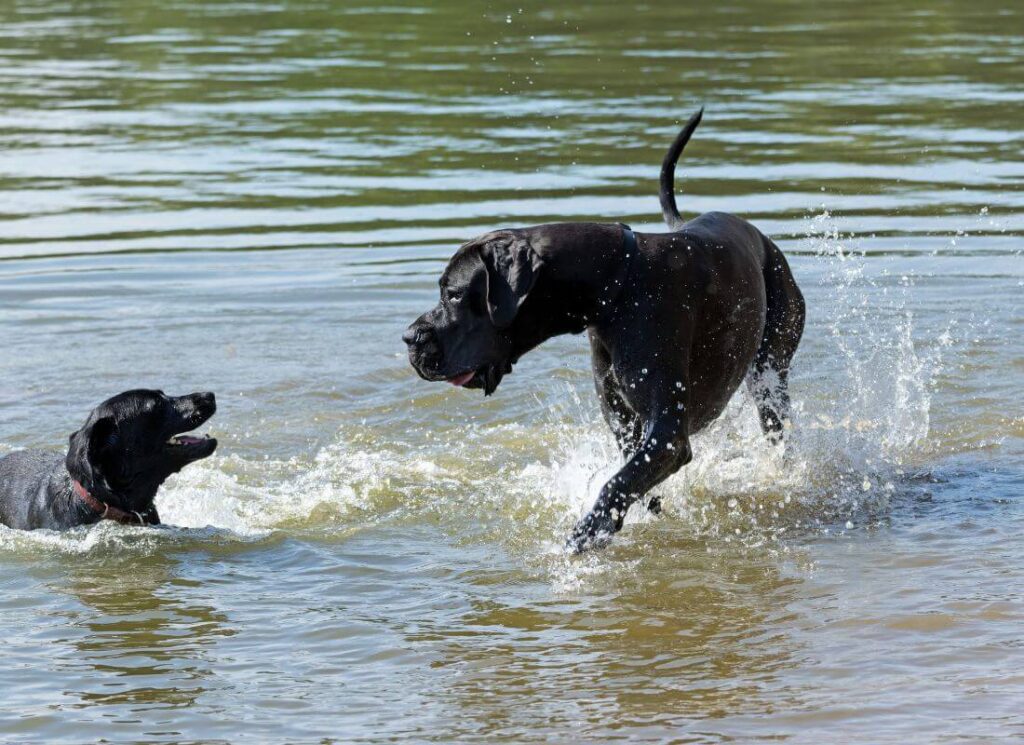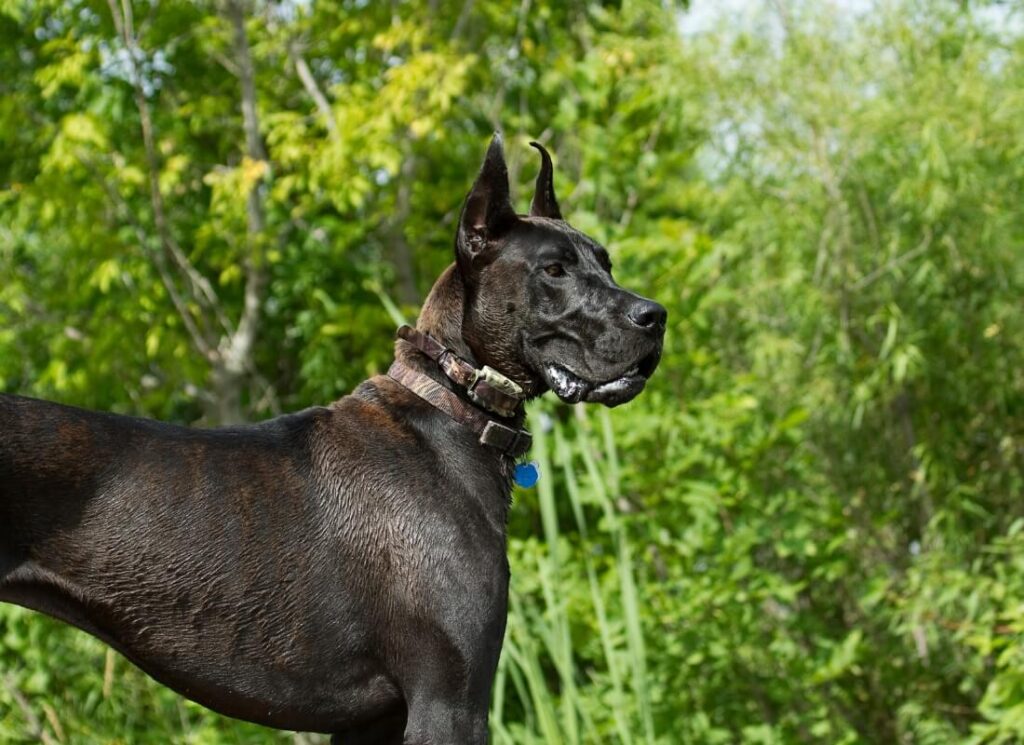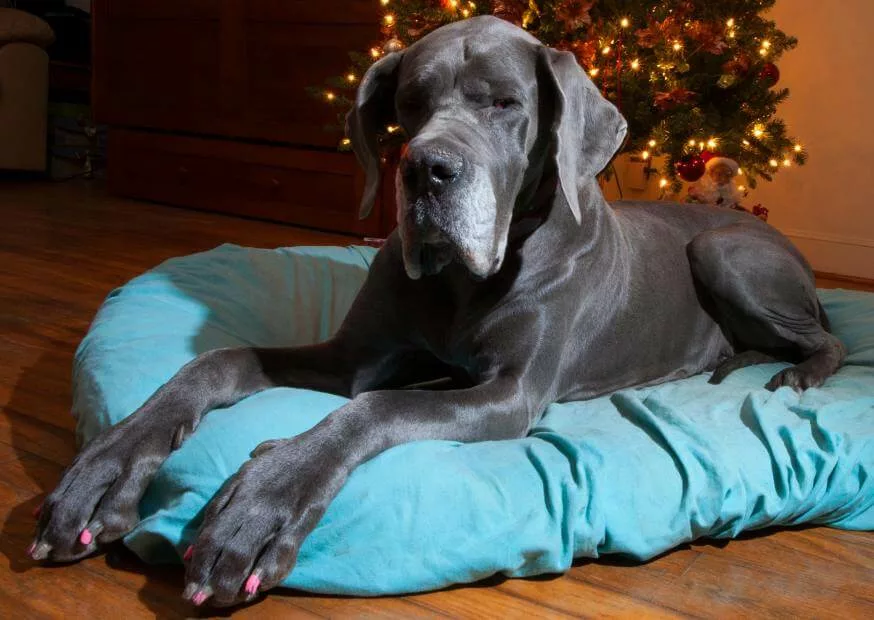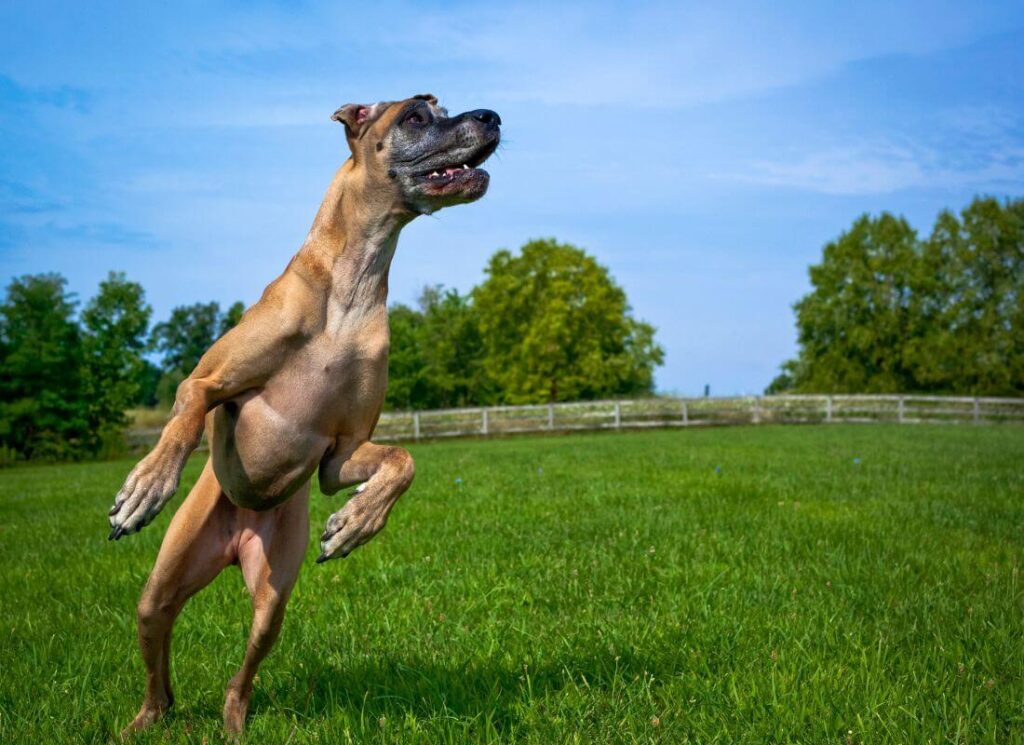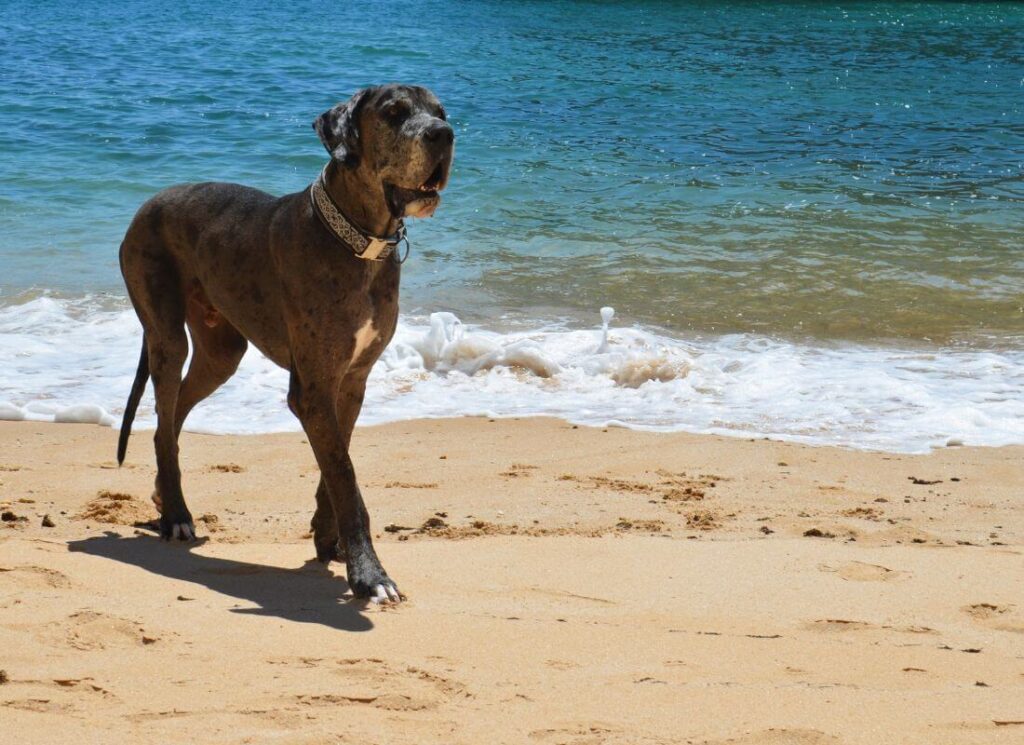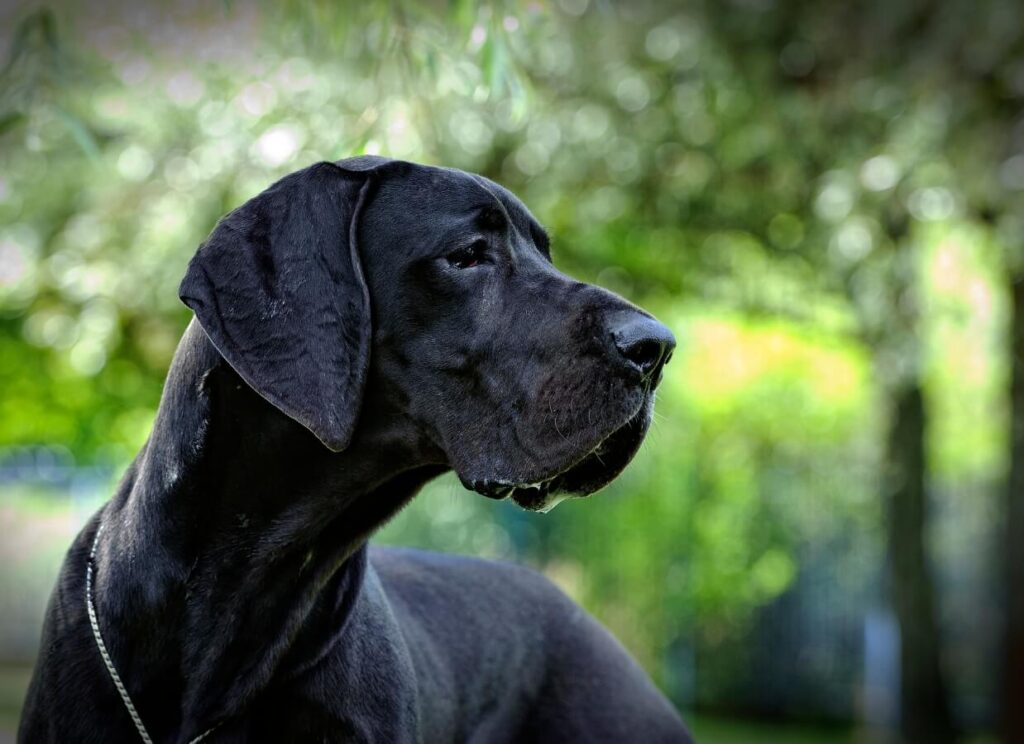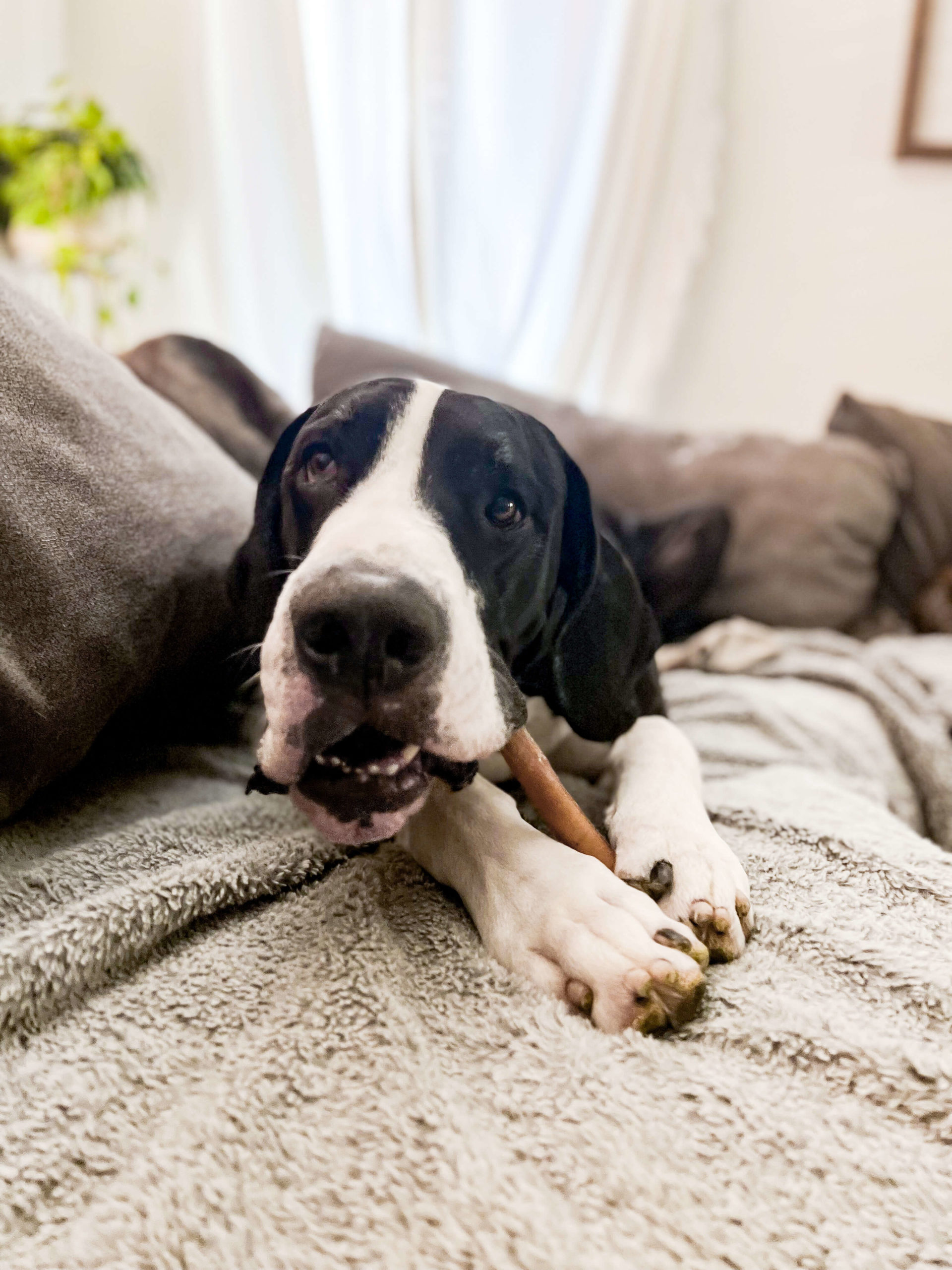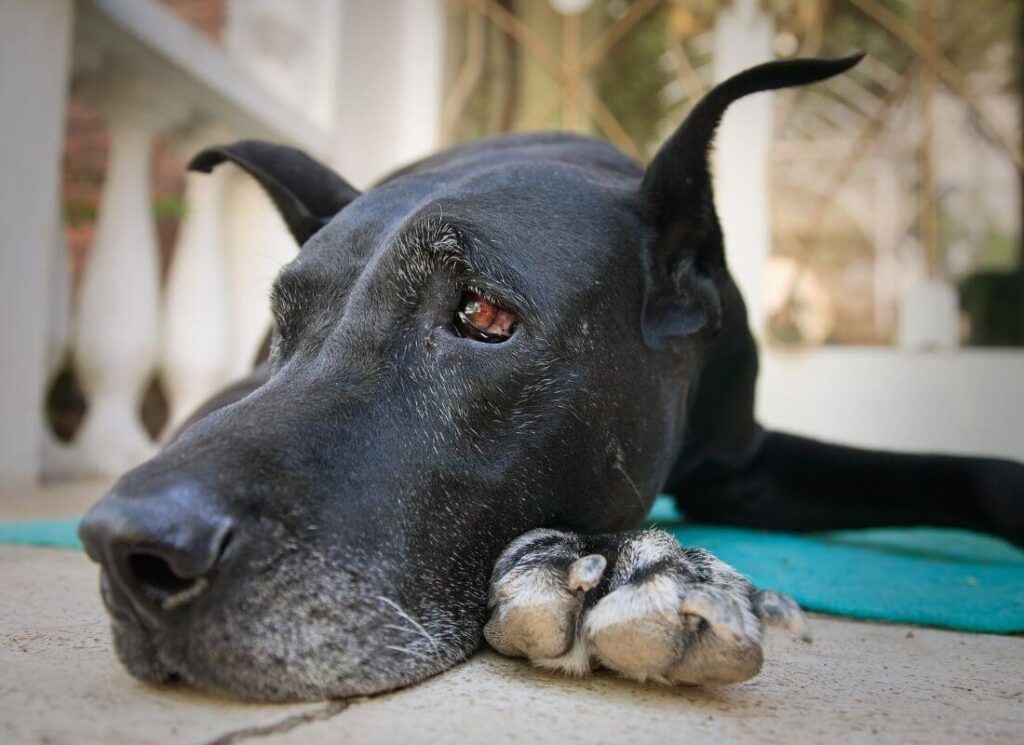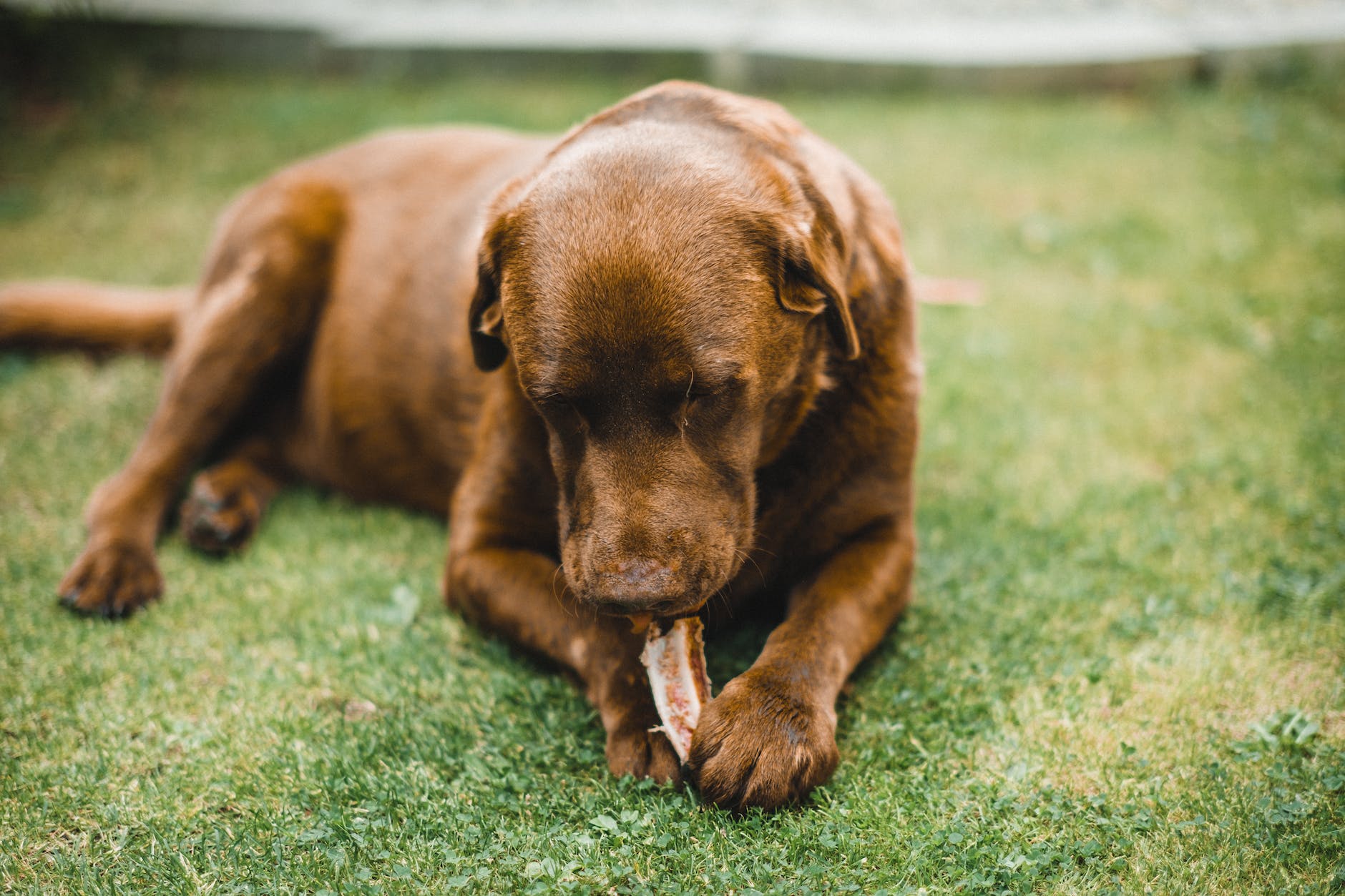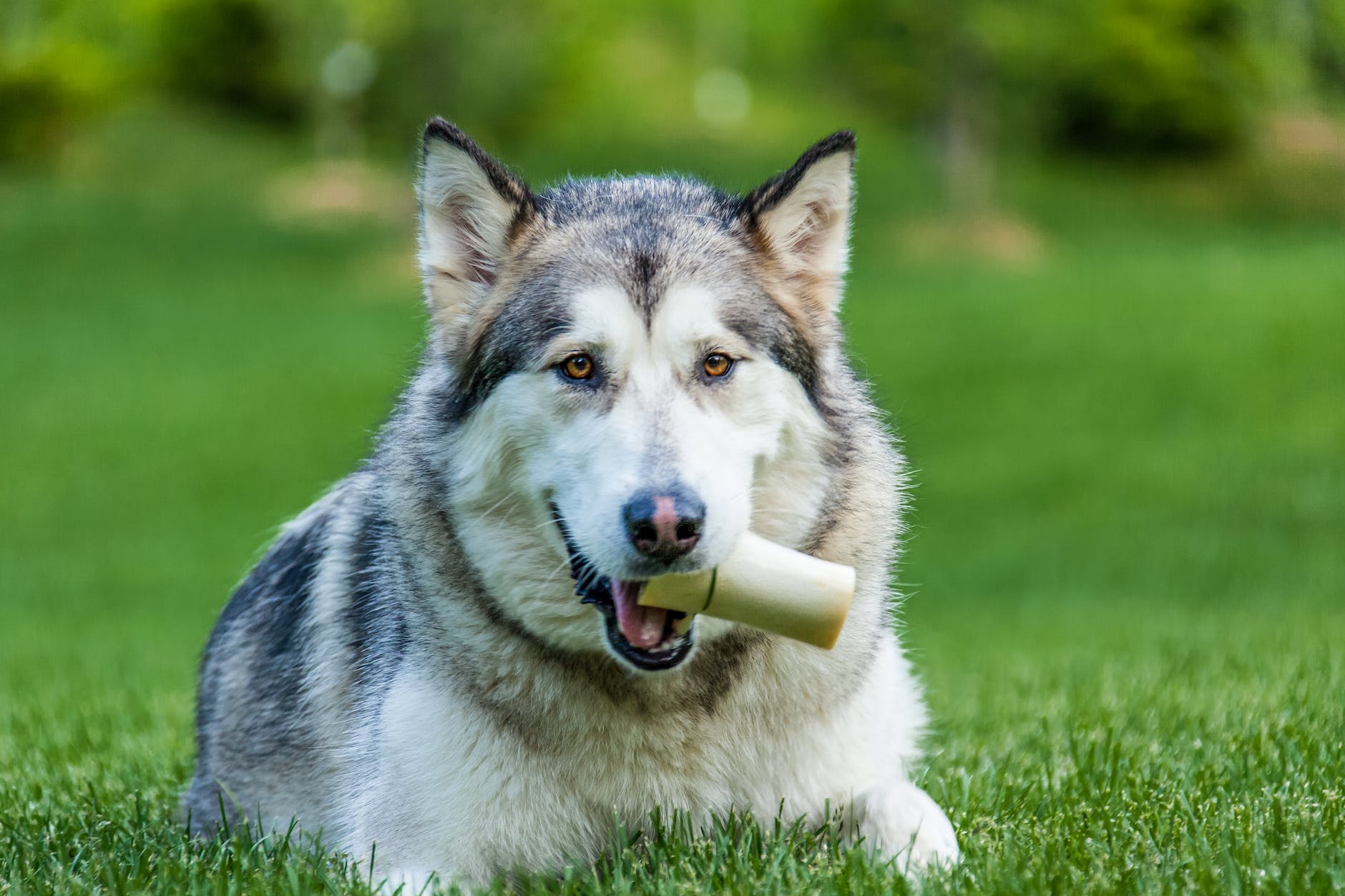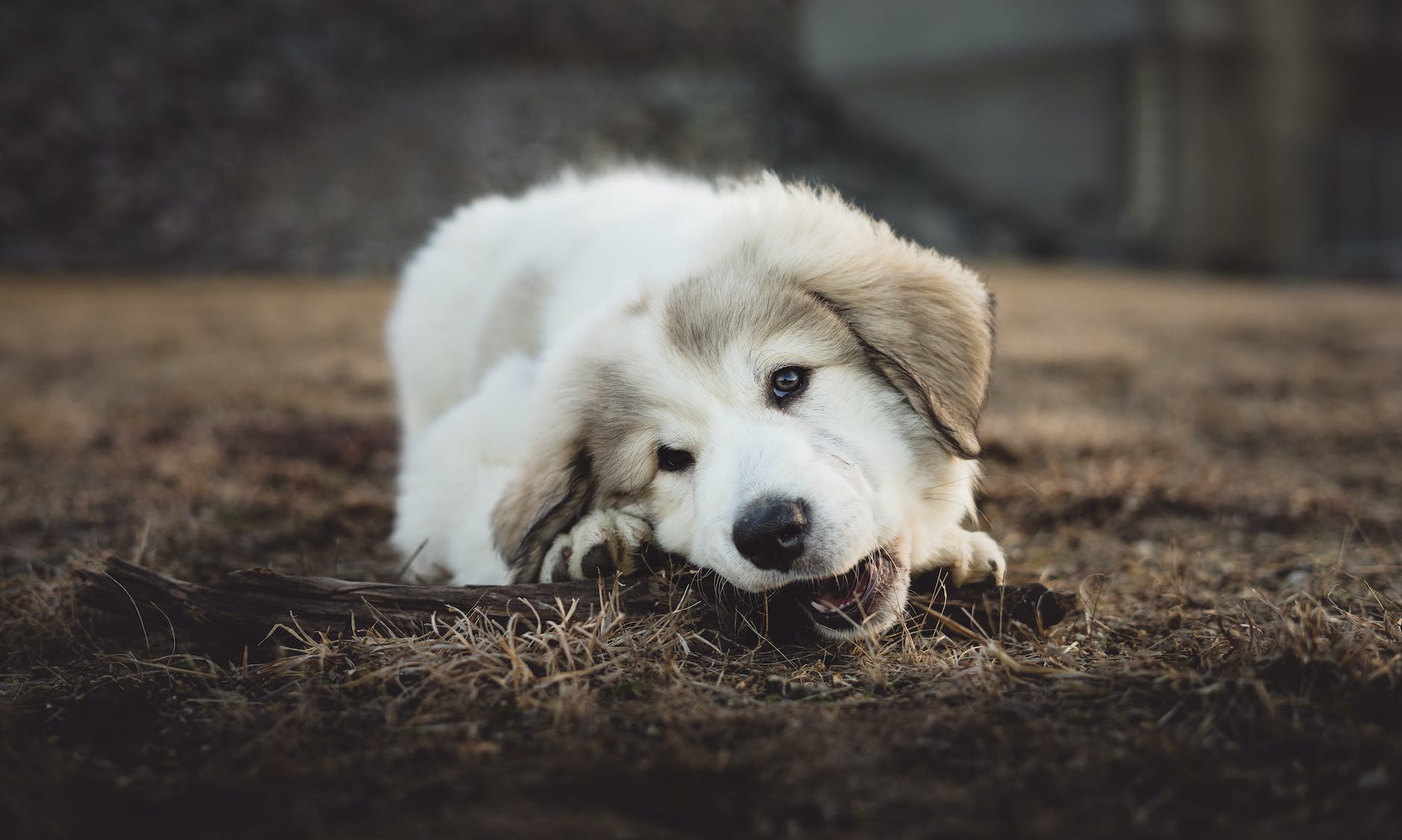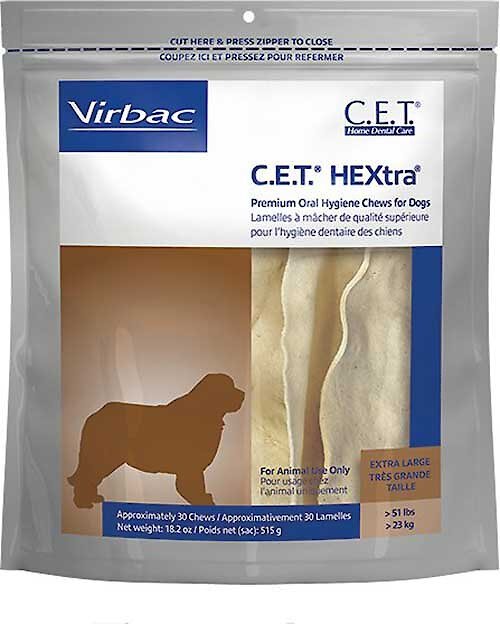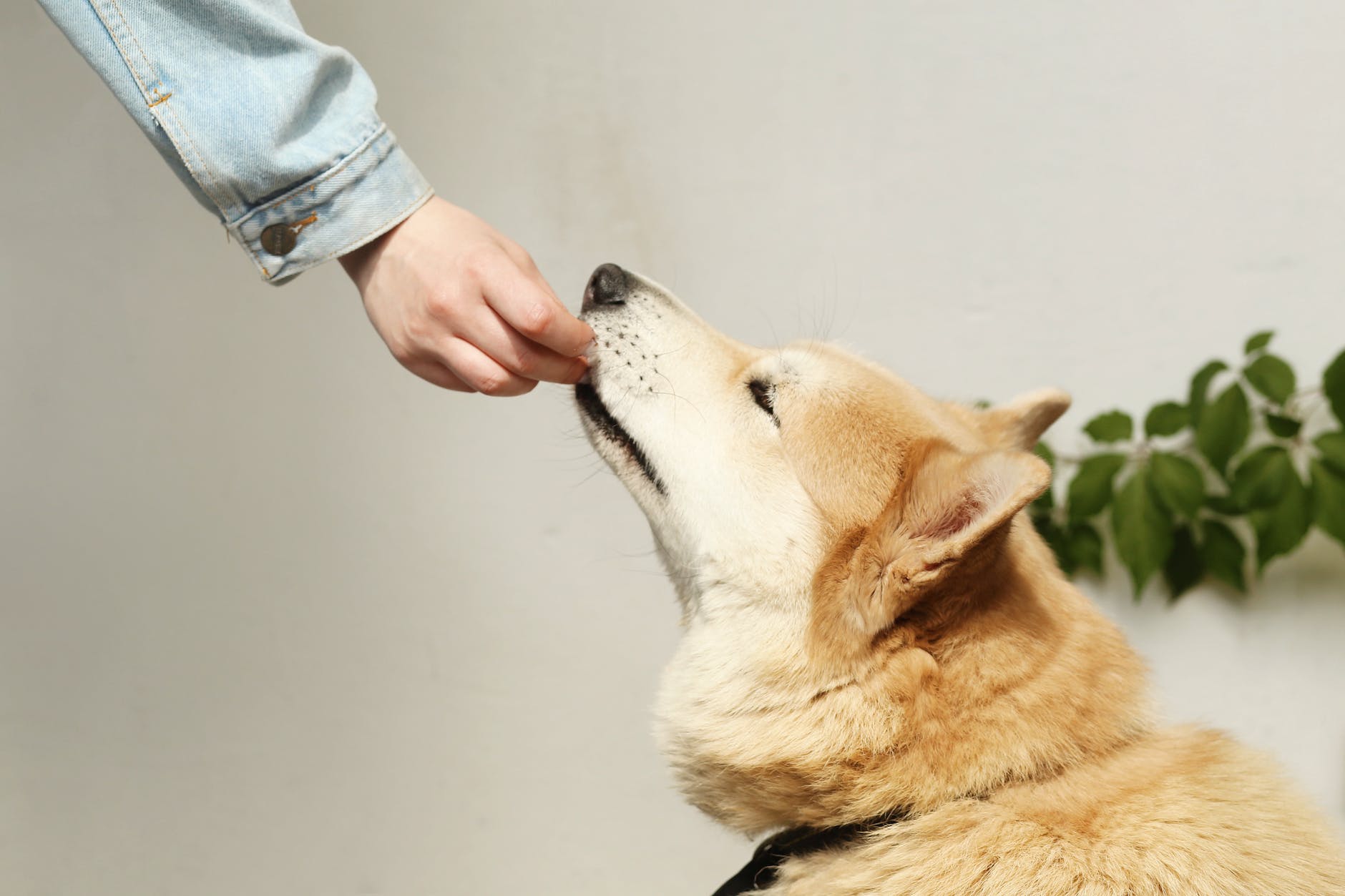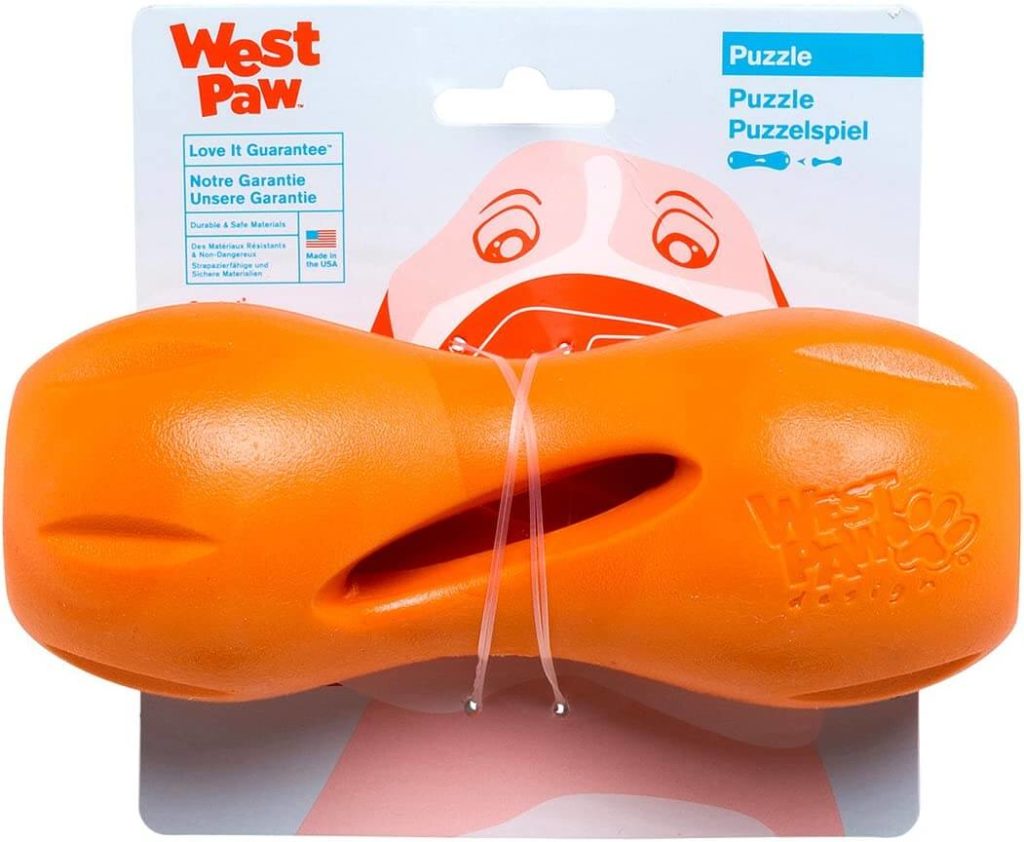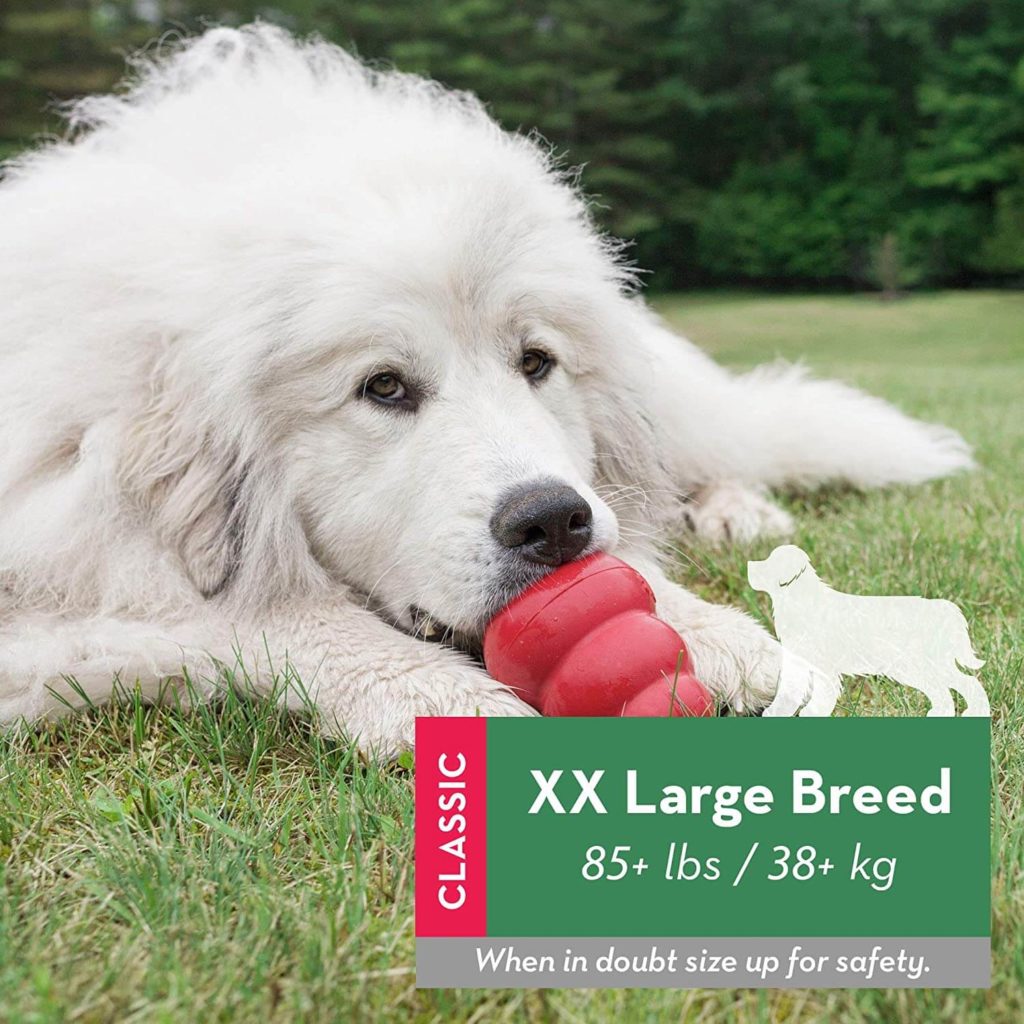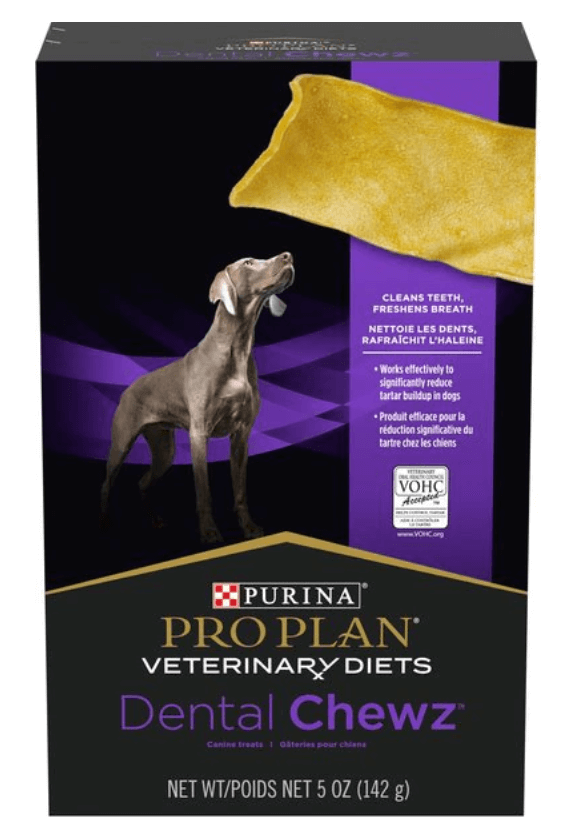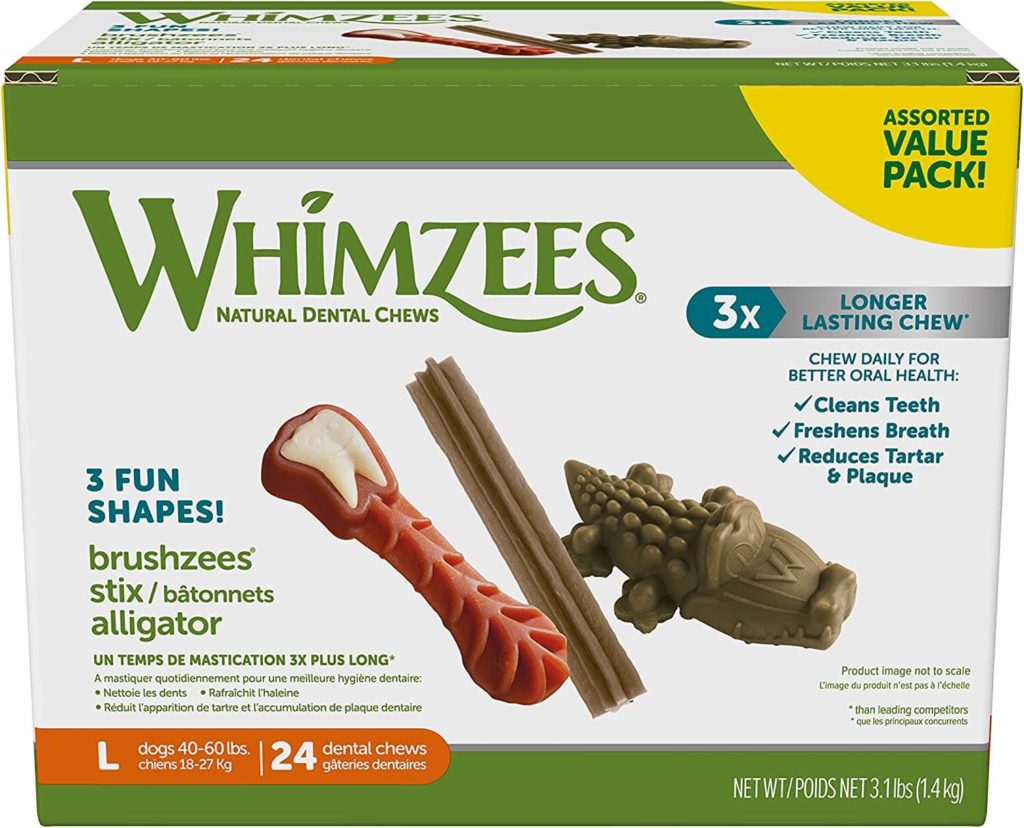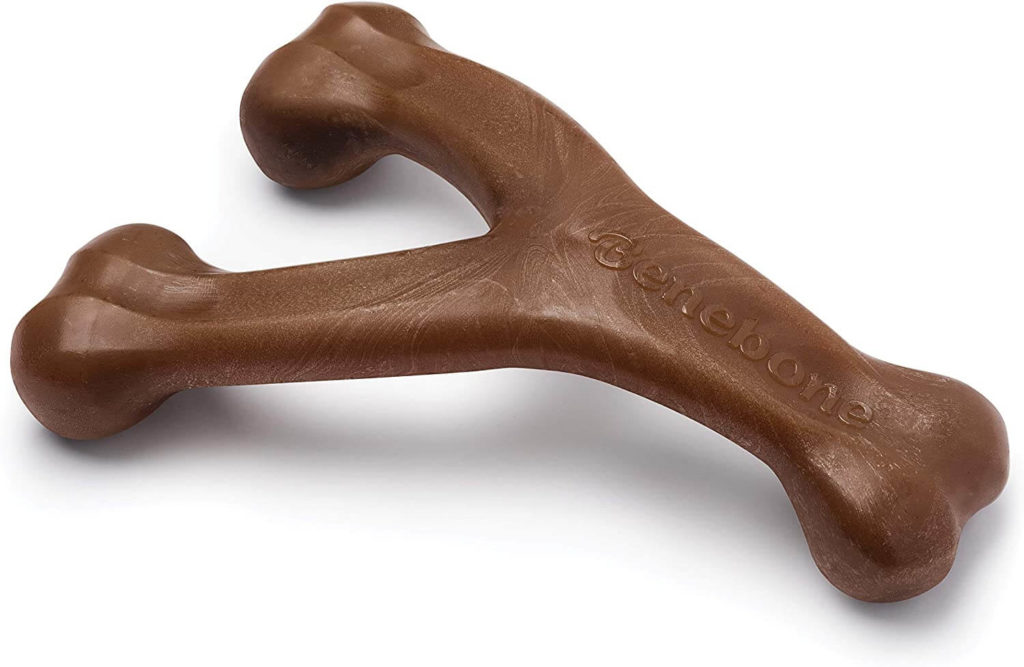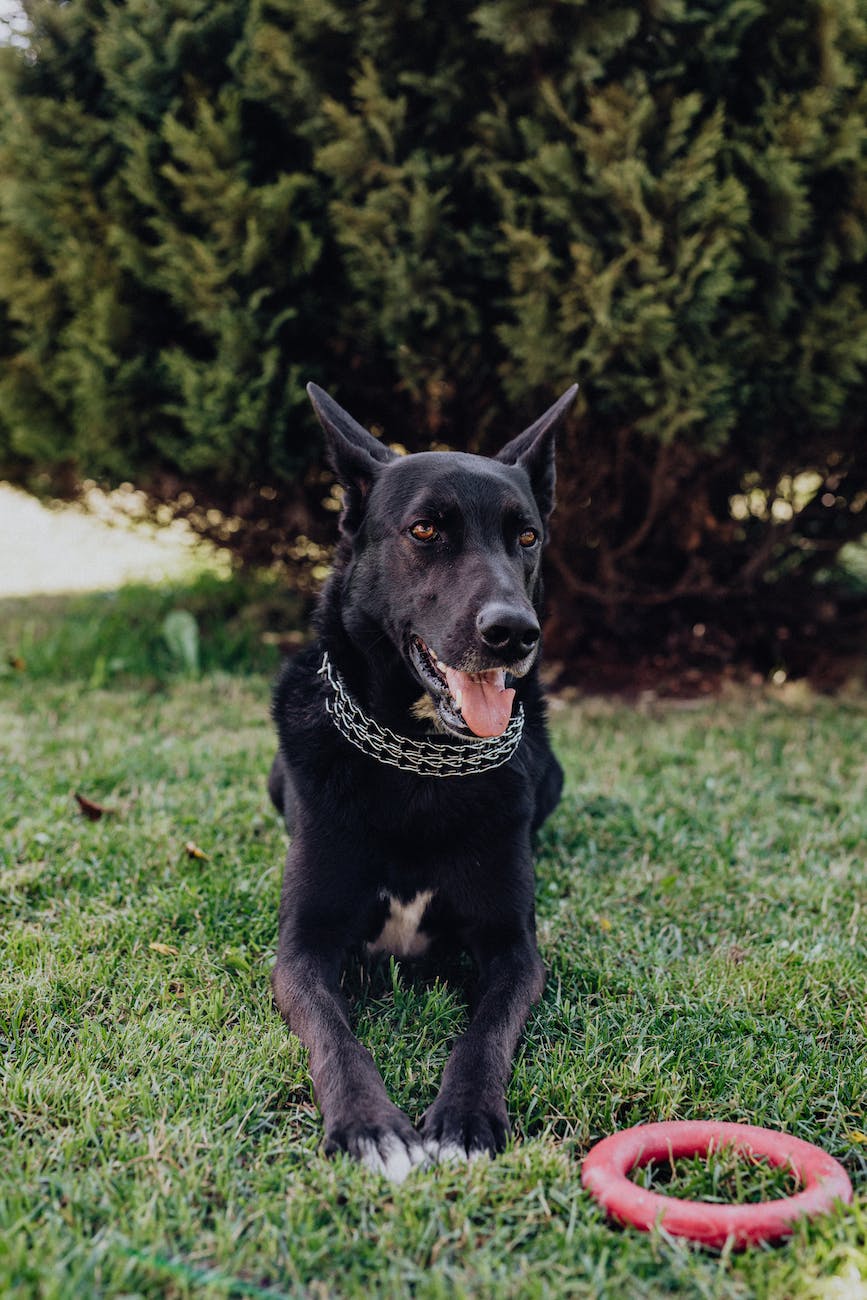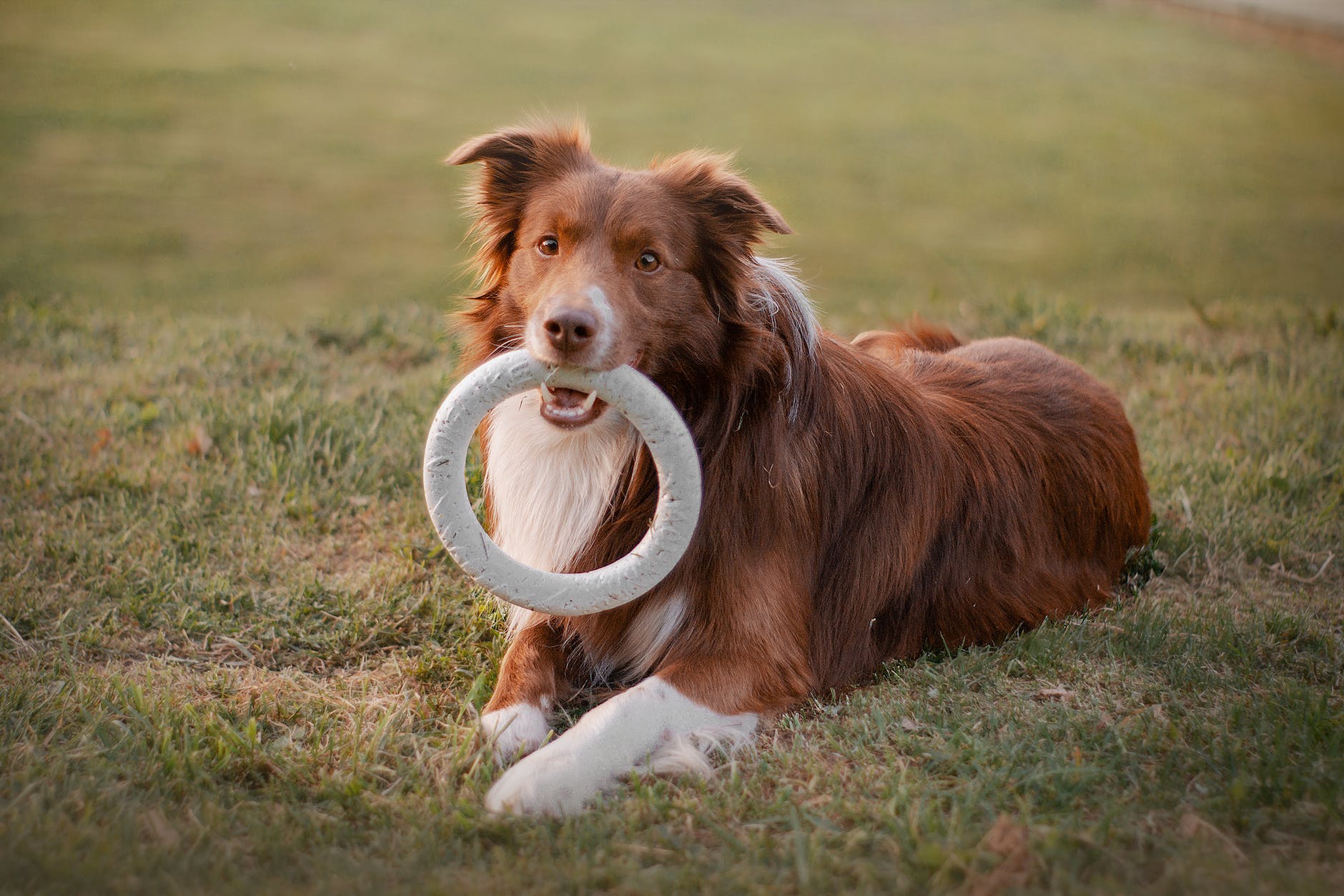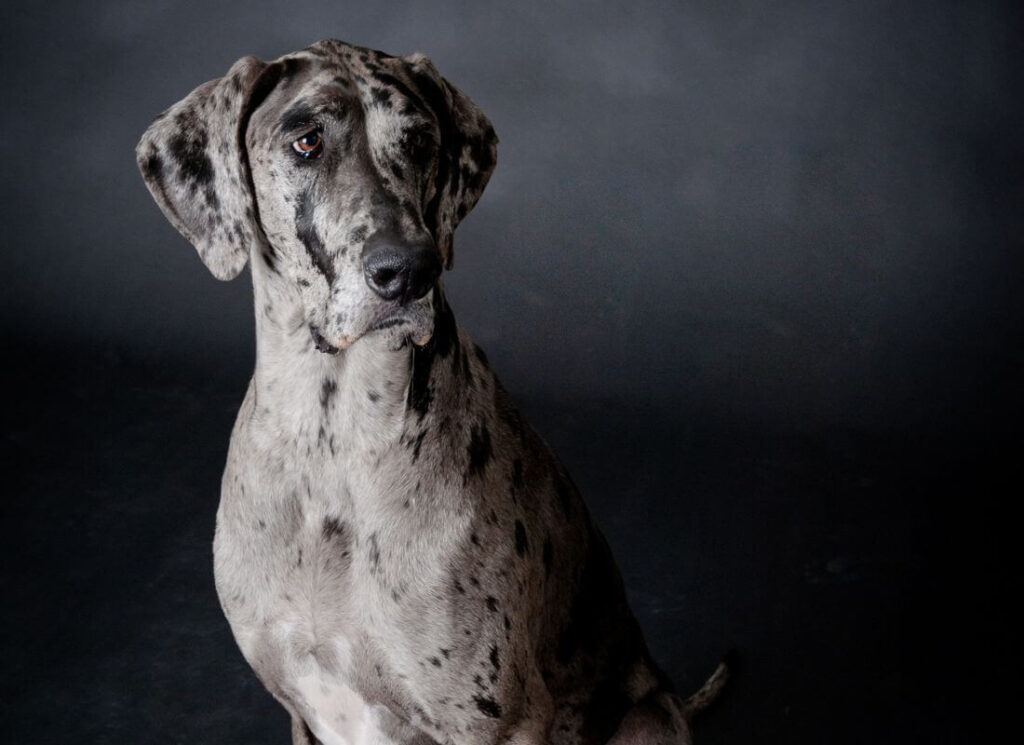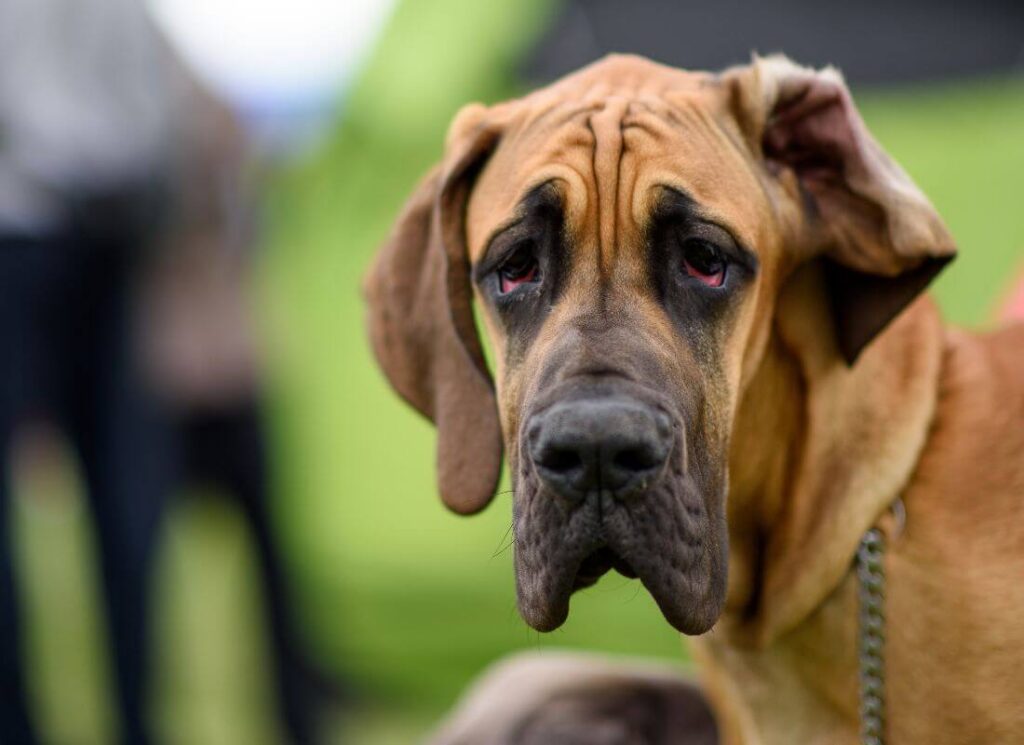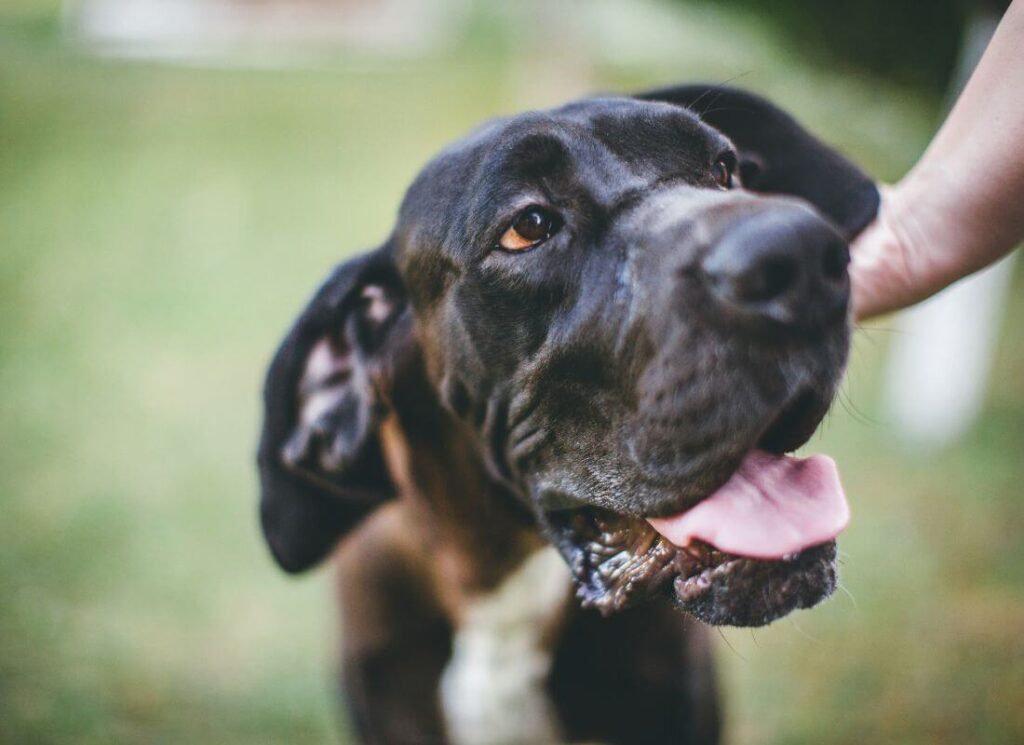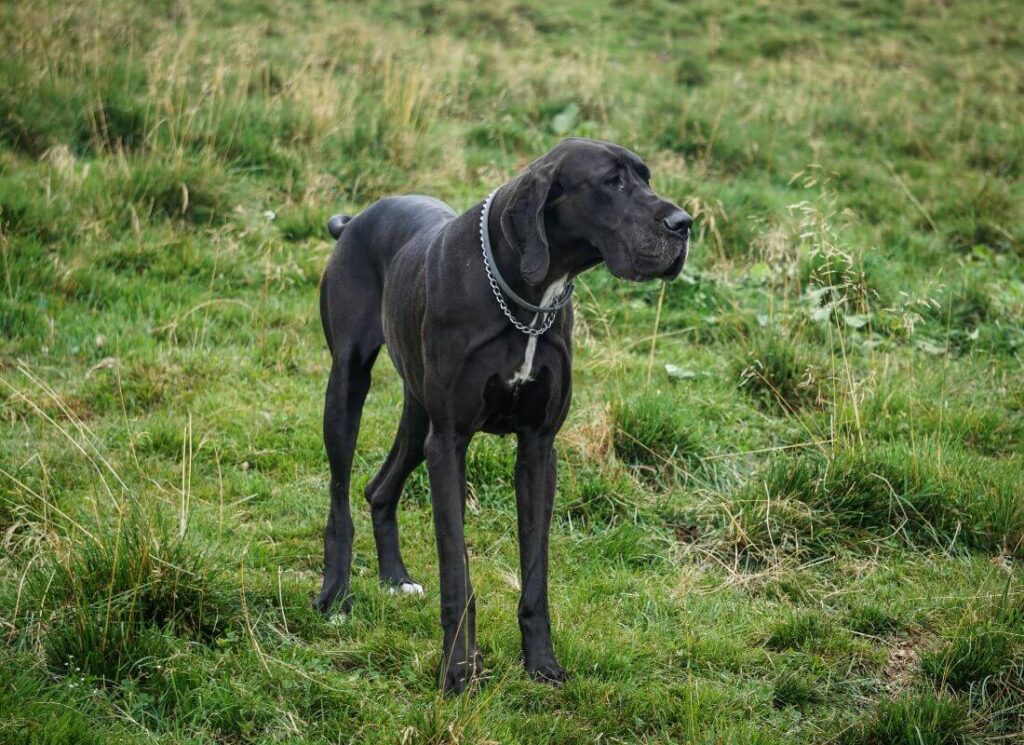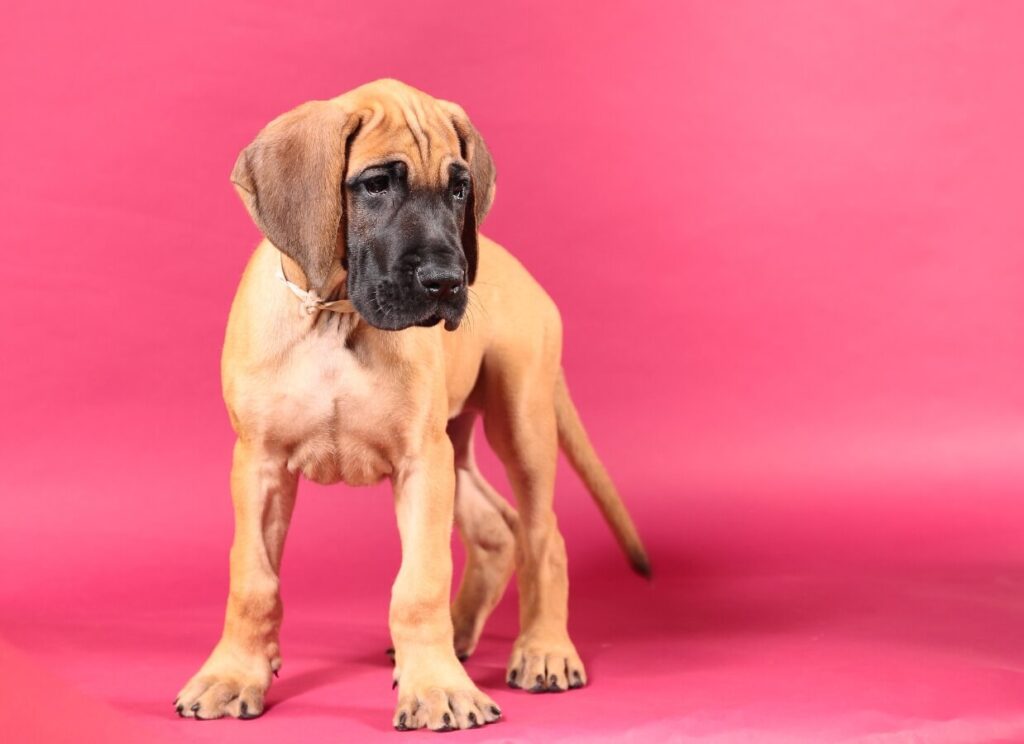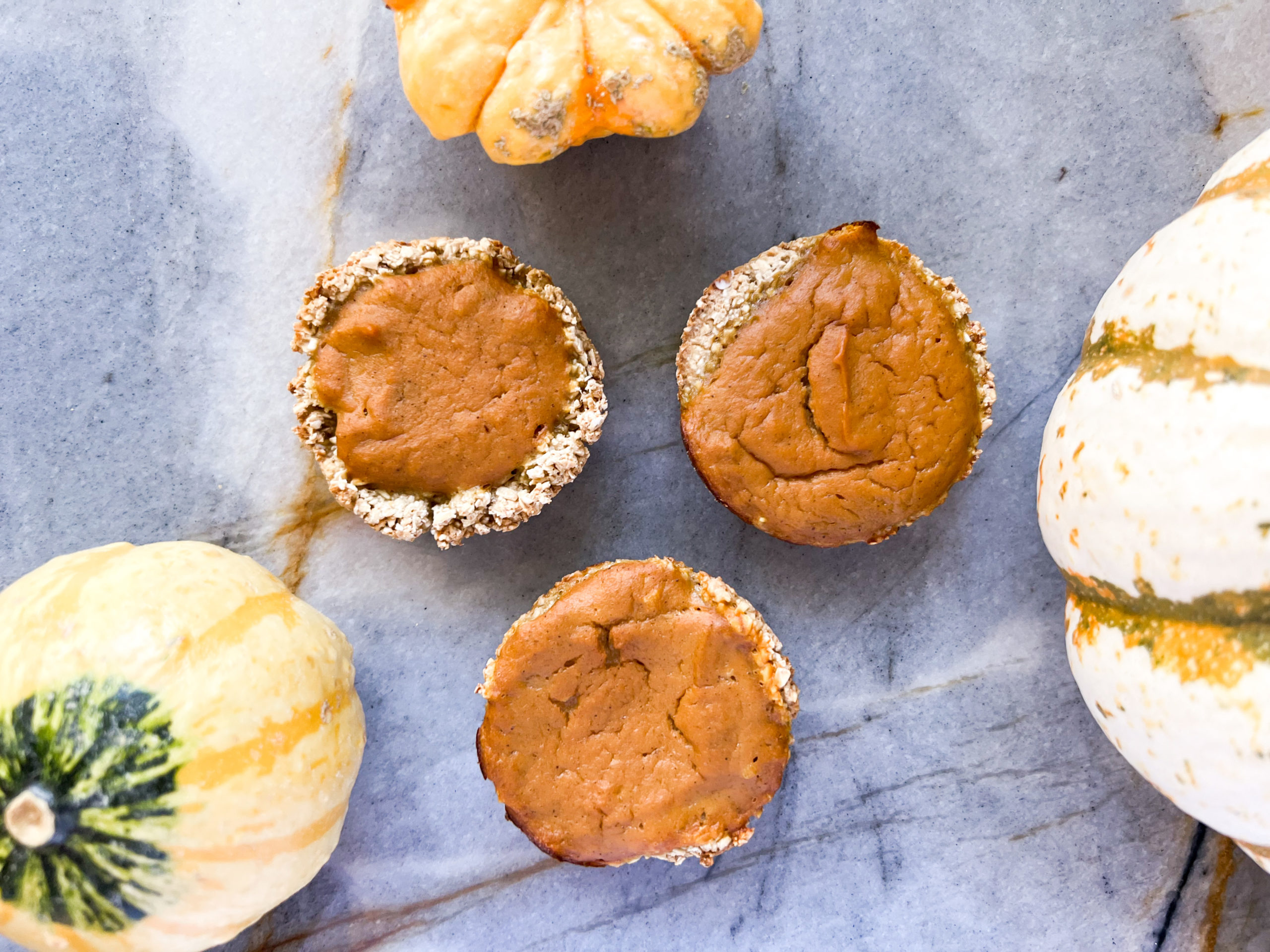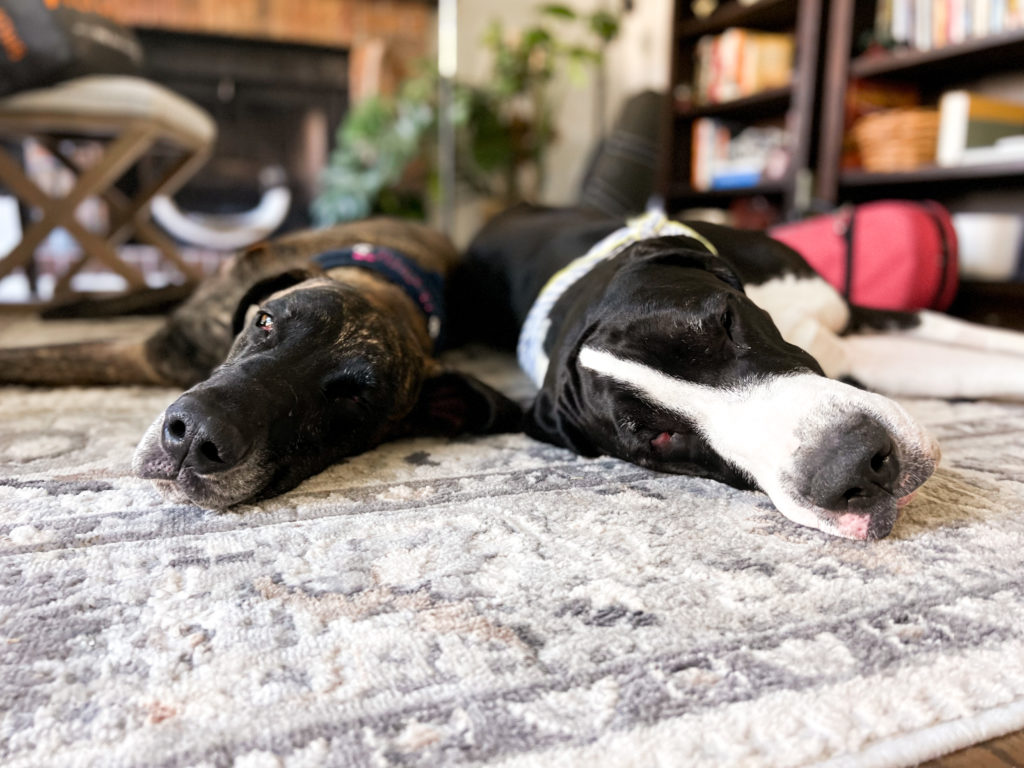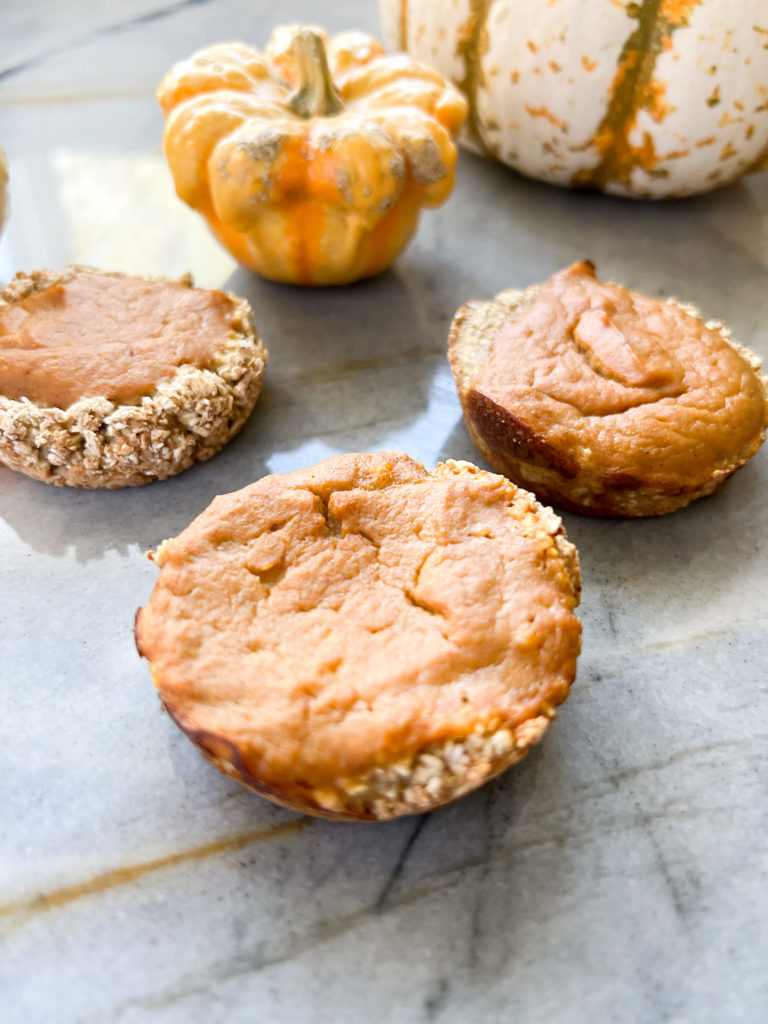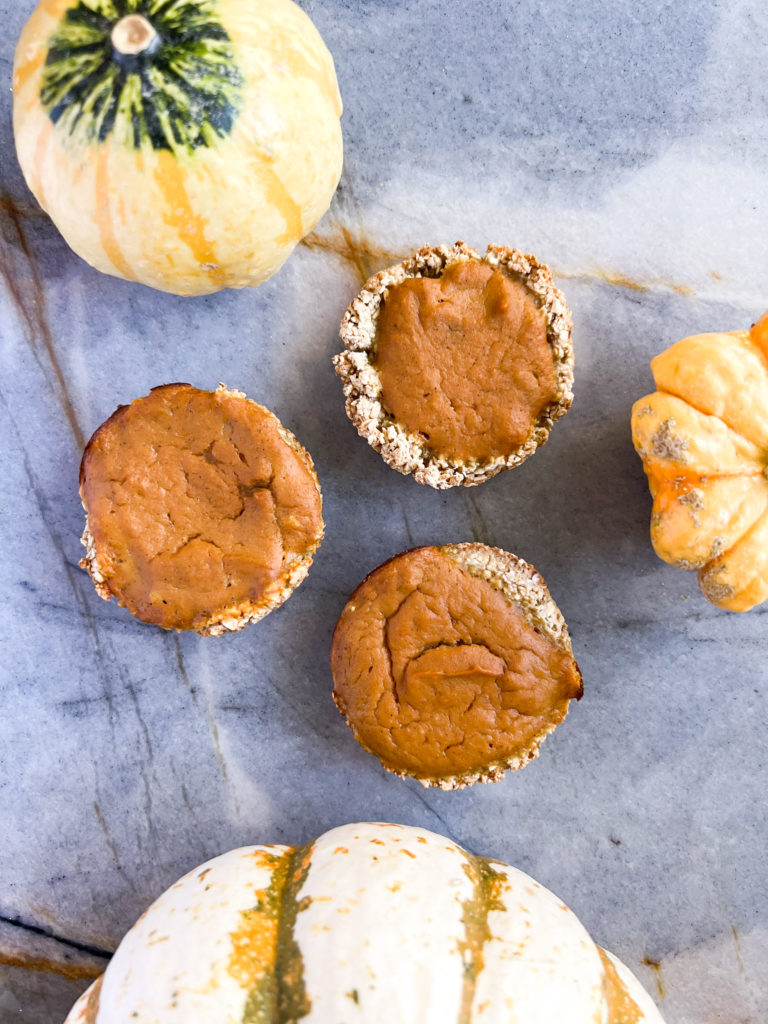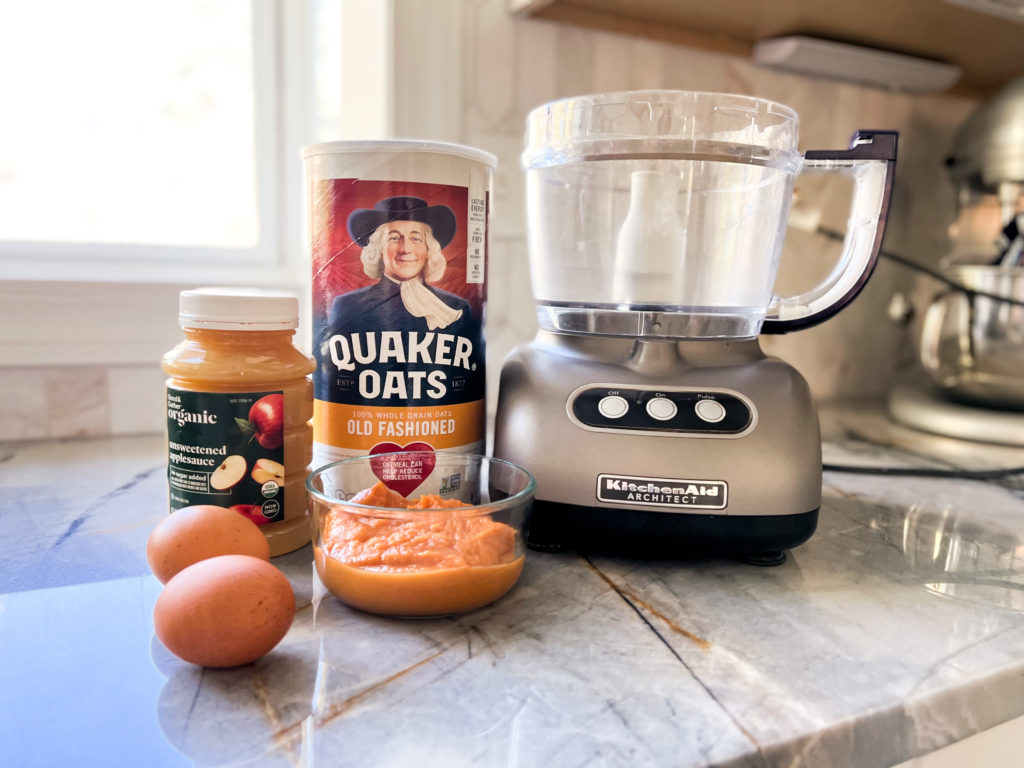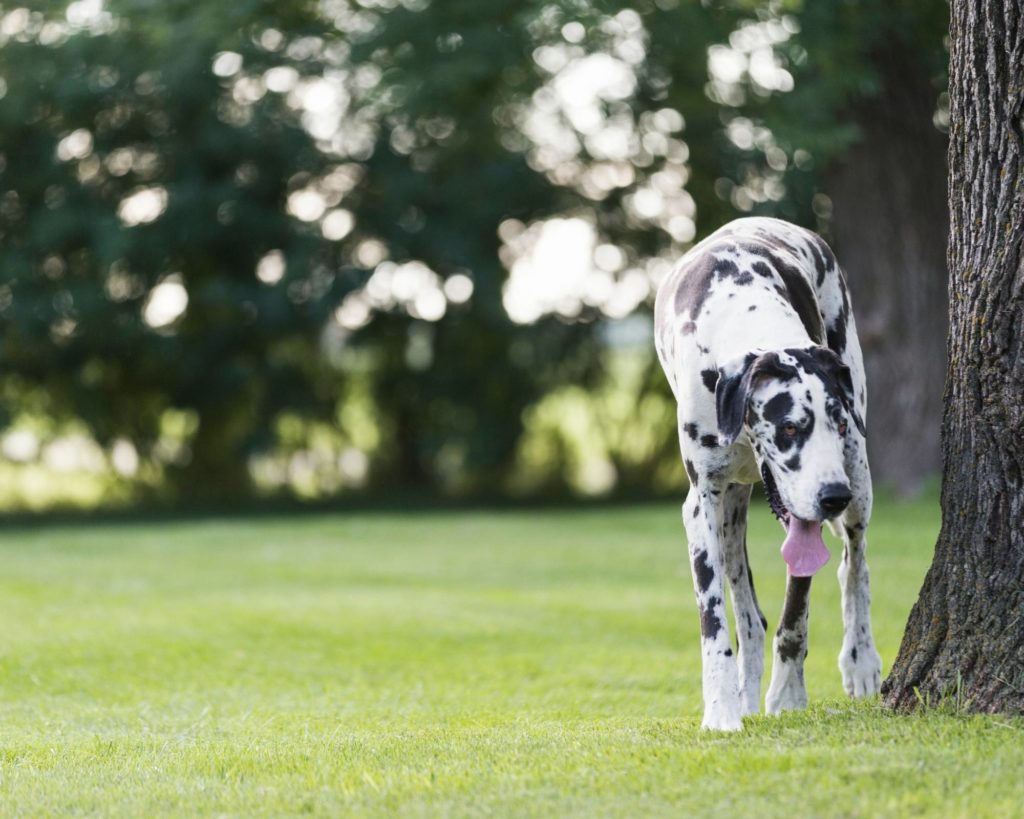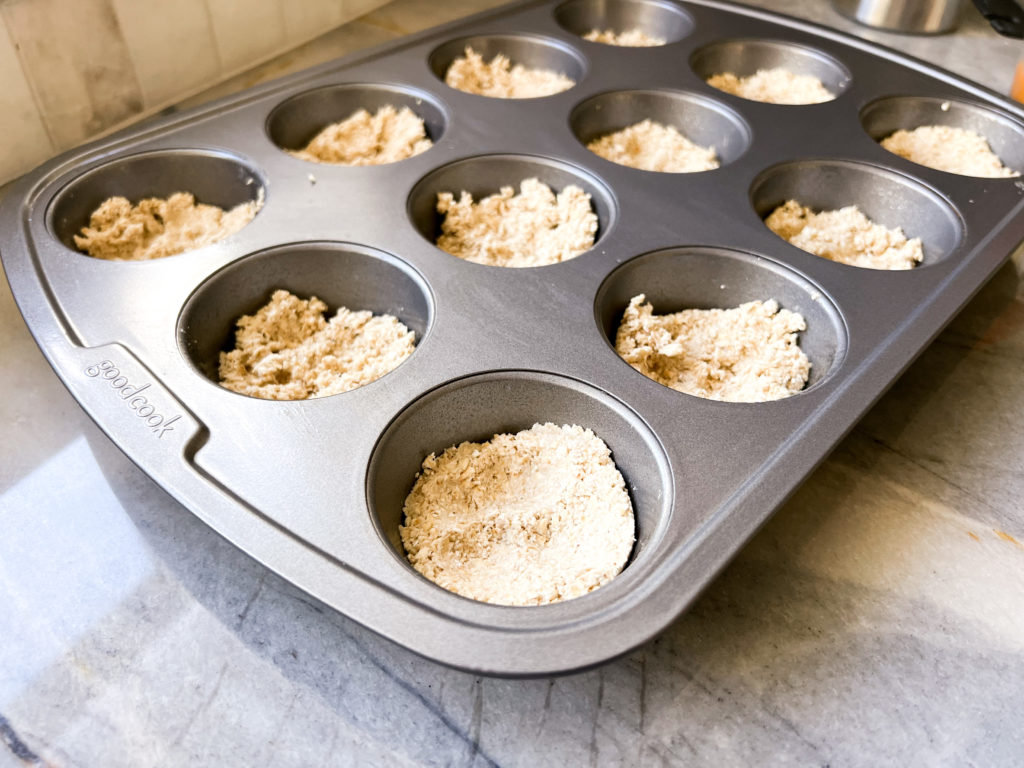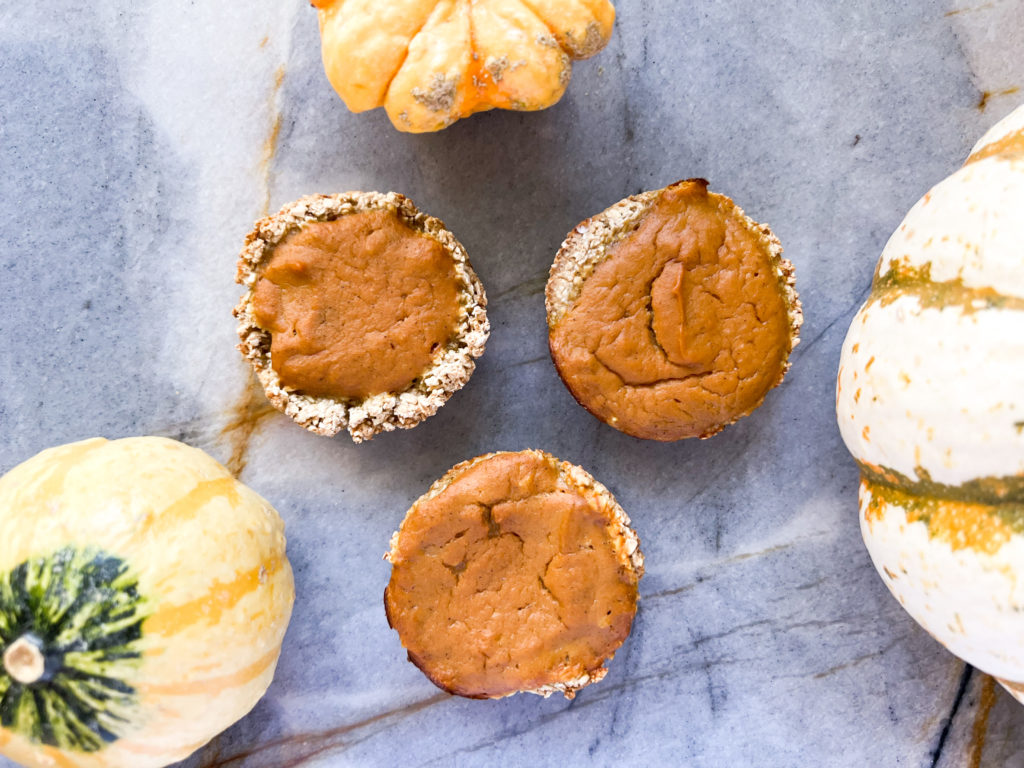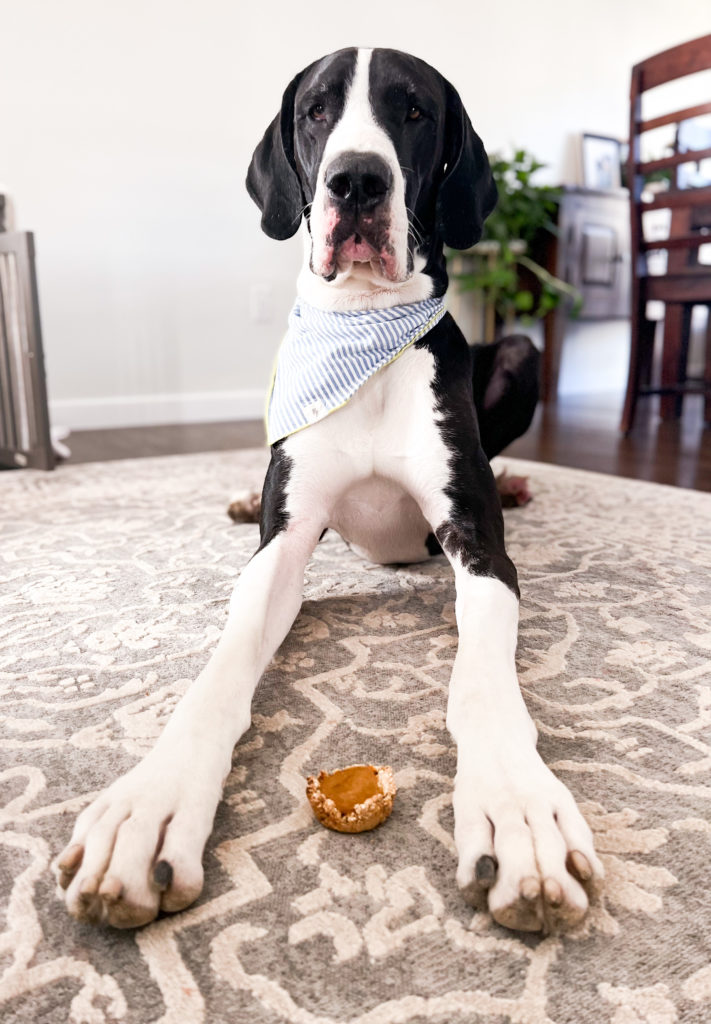Embarking on the journey of preparing homemade dog food for Great Danes can be a well-intentioned endeavor, driven by the desire to offer these magnificent animals a nutritious whole-foods diet tailored to their specific needs.
While the idea of creating wholesome meals at home may seem appealing, it’s crucial to approach it with caution. I cannot state this enough; homemade food for dogs has it’s benefits but it’s very easy to get wrong.
Great Danes, due to their large size and rapid growth, have specific nutritional requirements that can be challenging to meet consistently through homemade recipes. Achieving the right balance of essential nutrients such as calcium, phosphorus, and protein in the correct proportions is crucial for their bone and muscle development and health.
We’re going to deep-dive into giant breed nutrition and homemade dog food! Here is a summary of what to expect in this article:
- The benefits of fresh food for Great Danes
- Homemade dog food recipes
- How to balance homemade dog food
- The problems with making your own dog food at home
- How to choose a nutritious kibble
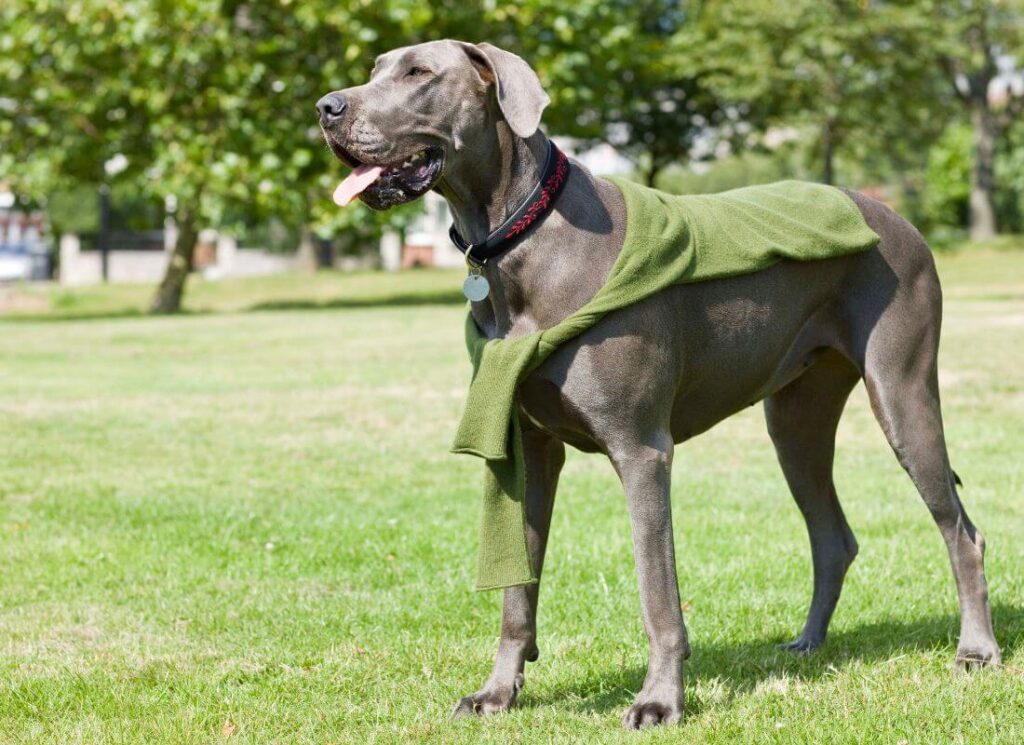
The Benefits of Fresh Food for Dogs
There are many bloggers and influencers who claim incredible benefits associated with fresh home cooked food for Great Danes and other dogs. Yes, there are some fresh food benefits that are backed by clinical research!
Unfortunately, however, many of these benefits are overstated. Some people who promote them might encourage you to ignore veterinary advice including recommended medications, treatments, and foods (uh, yikes).
They might even tell you that fresh foods can:
- Reduce, cure, or even prevent cancer
- Cure allergies and skin conditions
- Extend lifespan
- Provide a shiny coat and more energy
- Reduce or eliminate the need for medications and treatments
- Prevent or even treat parasites and worms without the need for veterinary preventatives
Of course, some of these things all sound amazing. But tread cautiously: extreme claims tend to be based on anecdotes or pseudoscience, and are often presented as a means to drive clicks and revenue.
Be smart about it.
That caveat out of the way, of course there are some legitimate benefits to feeding a home cooked diet to your Great Dane, especially if they suffer from food allergies or certain health conditions!
Knowing exactly what goes into your dogs food is one of the key benefits of cooking your pet’s food.
One study found that fresh foods, added to a dry kibble diet, helped reduce the risk of bloat in Great Danes. That is a huge benefit and the main reason for this article today!
But, you have to do this right. Let’s head to the kitchen….
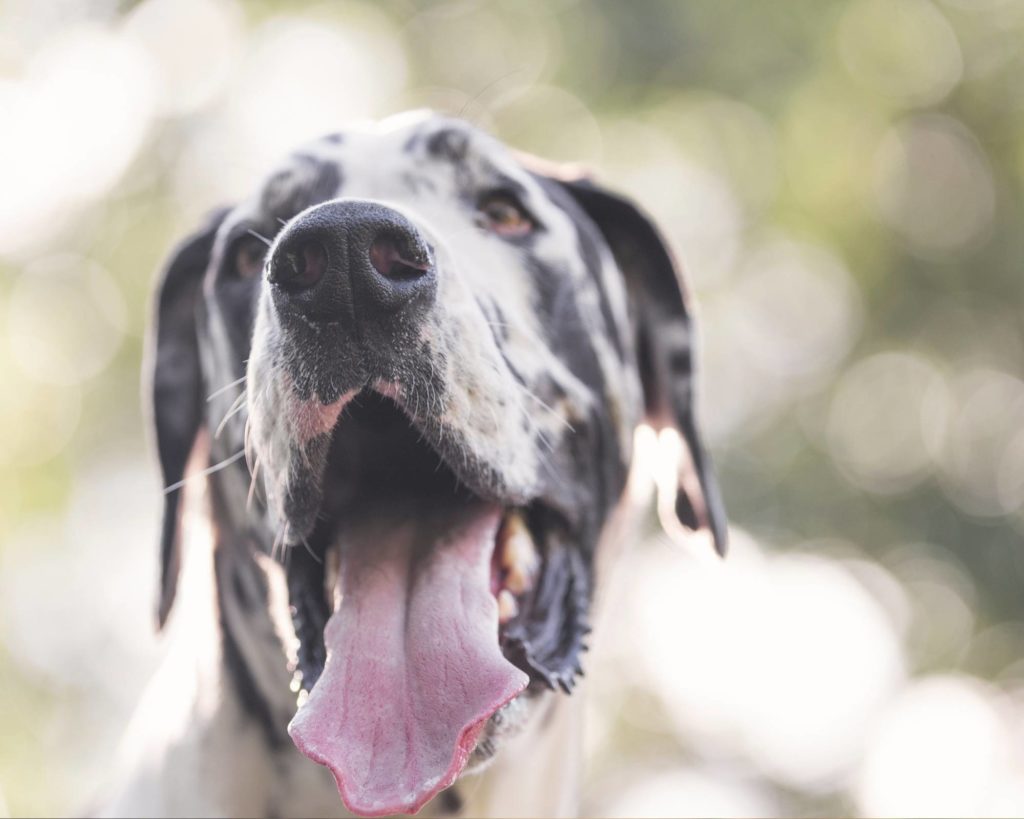
Home Cooked Diets for Dogs Study
Before you start cooking up some ground beef, rice, and veggies, you should be aware of a major study that was done at U.C. Davis.
They tested 200 homemade dog food recipes from bloggers, Pinterest, veterinarians, and board certified veterinary nutritionists.
The study found that 191 out of the 200 homemade dog food recipes tested were deficient or in excess of at least one nutrient.
What does this mean for you as a well-meaning pet parent? It means that you should be very, very cautious about making dog food up in your home kitchen, especially when using recipes from dog owners, influencers, bloggers, books, and Pinterest.
Nutritional deficiencies are dangerous for a number of reasons! Without the correct balance of amino acids and nutrition, you’d basically be starving your pup to death without knowing it.
Excess nutrients can actually be toxic, too. Vitamin D and copper are commonly seen in high amounts in poorly balanced homemade dog food recipes.
To put this simply: a crock pot full of meat, rice, and veggies is not a balanced diet. In feeding something like that, you may actually be doing more harm than good.
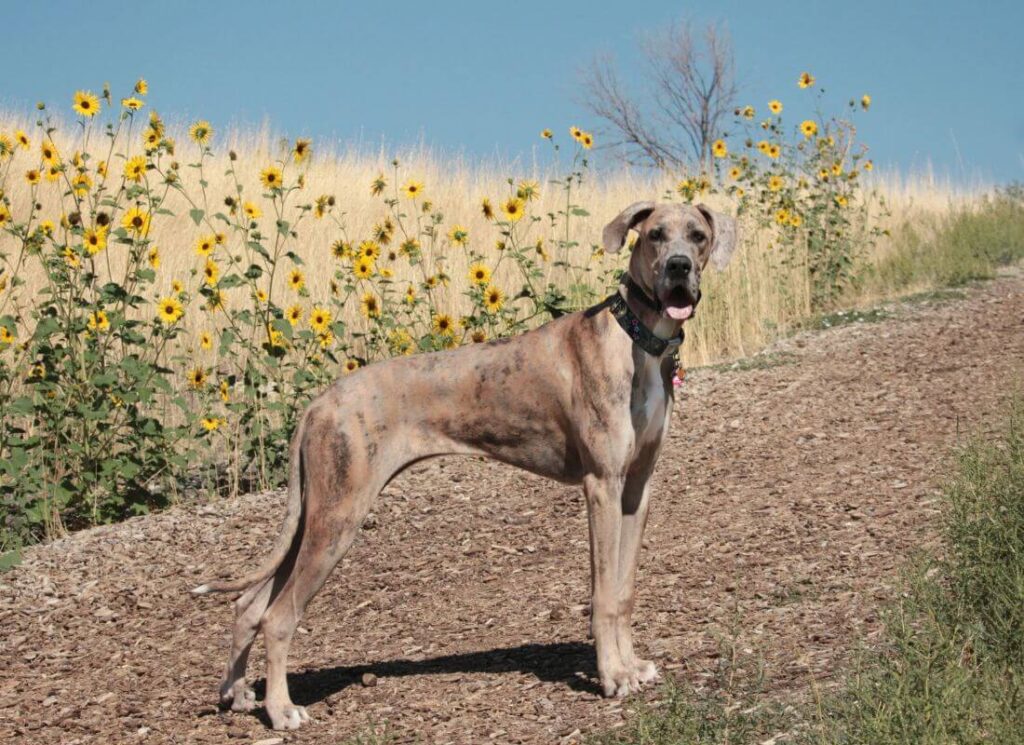
How to Balance Home-Cooked Dog Food
This doesn’t mean that all homemade dog foods are bad!
As a matter of fact, Board-Certified Veterinary Nutritionists have responded to this by creating an incredibly useful tool called BALANCE IT.
You simply plug in the ingredients that you wish to include, and it tells you how much of each to add to your recipe as well as what supplements are needed to make it nutritionally complete.
VIEW THE BALANCE IT WEBSITE HERE
For fun, I plugged a popular Great Dane dog food recipe of meat, veggies, and rice.
Balance It replaced the rice with millet and also told me it still had 15 nutrient deficiencies, unless I added a recommended supplement powder. This is because it’s incredibly difficult to reliably get all of the necessary nutrients into the recipe.
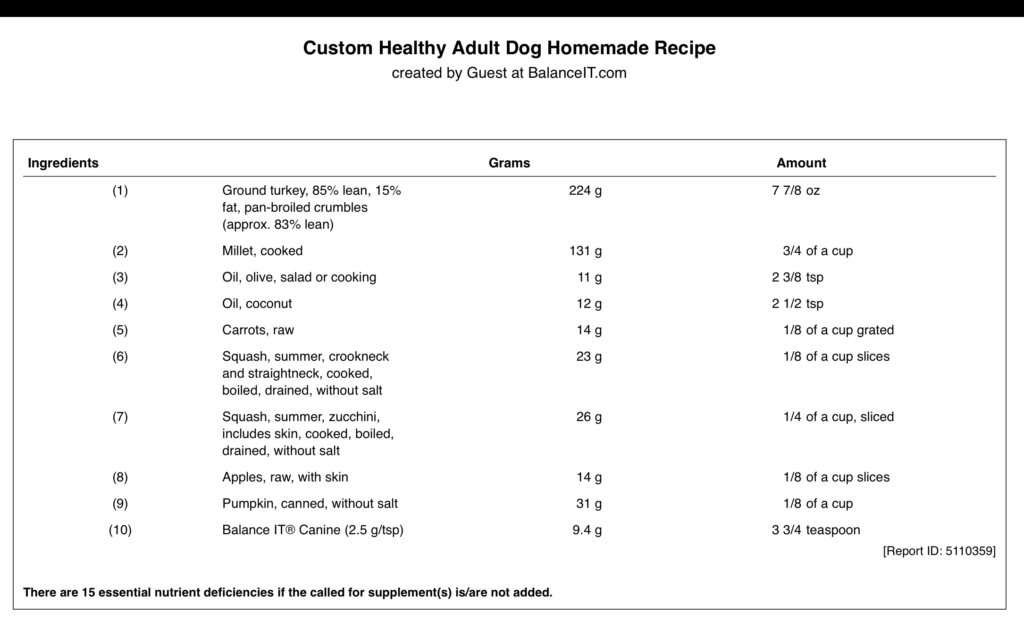
Nutrient Deficiencies in Homemade Dog Food
15 nutrient deficiencies is not something to mess around with. If your dog food is not correctly balanced, it can lead to some serious health problems.
These health problems include:
- Hypocalcemia
- Brittle bones
- Poor skin and coat condition
- Flat feet
- Orthopedic disorders such as hip dysplasia
- Kidney or liver failure
- Kidney or bladder stones
- Dilated Cardiomyopathy
- Low energy
Most, if not all popular recipes online are deficient without supplementation; and you can’t just throw a random multivitamin at the problem.
A tool such as Balance It can help resolve this issue. They will move ingredients around and then recommend the exact portion of specific vitamin and mineral supplement to add.
Dr. Judy Morgan’s homemade “Pup Loaf” is a popular and common dog food recipe. However, Balance IT was unable to resolve the deficiencies in the formula without significant changes. The system even said that some ingredients could result in dangerously high levels of certain nutrients and even…toxicity.
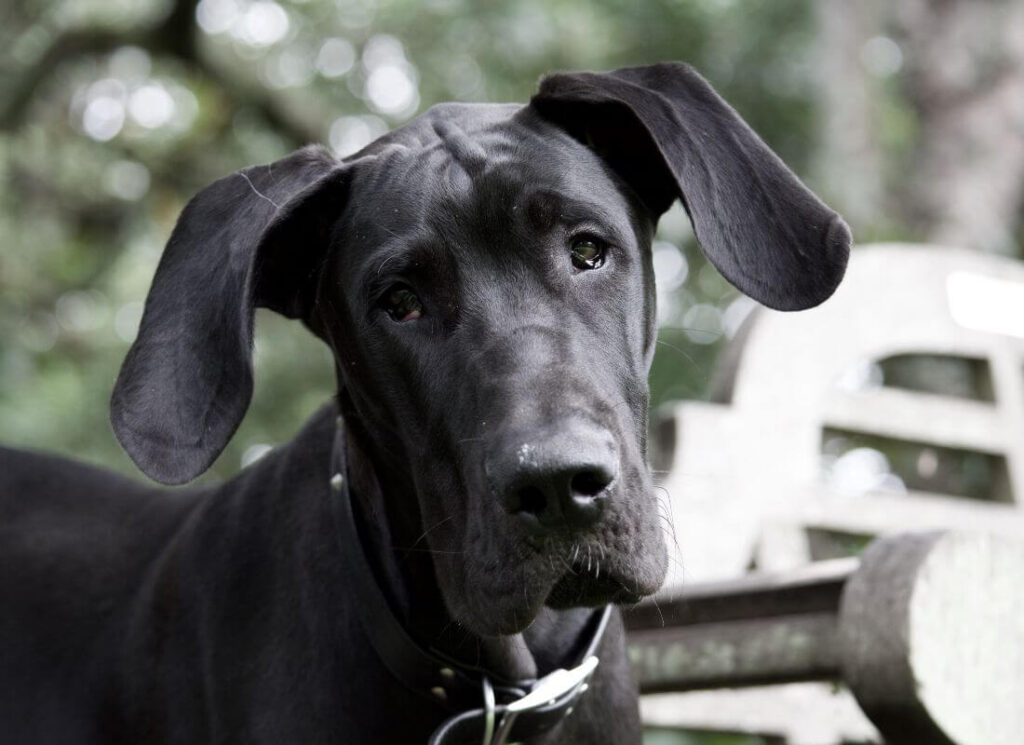
How to Create a Dog Food Recipe From Scratch
If you are still interested in moving forward with home cooking for your dog, the Balance It tool and/or working with a board-certified Veterinary Nutritionist is the only way to do this safely.
Tread cautiously with self-made “nutritionists” and Canine or Pet “food and nutrition experts”. Unless they have a veterinary degree and are boarded in nutrition, they aren’t qualified.
Here are a few additional tips:
- Visit www.petdiets.com and find a veterinary nutrition expert to help you
- Work with ingredients that are readily available to you
- Once you have a recipe dialed in, be careful with substitutes as they can throw off the entire balance of the food
- Follow the directions given to you in your Balance IT recipe as closely as possible
- Run your recipe through Balance It on occasion, as updates in nutrition science may change the algorithm that is used by their system
- Use one of the pre-made recipes on Balance It to get started
- Follow the directions given to you by Balance It for your recipe regarding how much homemade dog food to feed: every recipe you make will be different!
- See your veterinarian regularly; they spent nearly a decade in school learning how to keep your pet as healthy as possible
NOTE: what BALANCE IT does not do is differentiate between puppies, adults, and large or giant breed dogs. For this reason, we recommend speaking with your veterinarian or a DACVN as well as diligently reading the nutrient analysis of the recipe you create.
Especially if you are feeding a Great Dane puppy (more on this below)!

Homemade Food For a Great Dane 101
I would not recommend feeding a home cooked diet to a Great Dane under the age of 12-18 months, especially if you are not being diligent about formulation.
Giant breed puppies have very particular nutritional needs, and unless you are working directly with a Board Certified Veterinary Nutritionist, I would steer clear.
For Great Dane puppy food advice, read HERE.
Once your dog is more mature, and you’ve chosen to start feeding some fresh foods, we recommend topping a balanced kibble with balanced fresh.
One study showed that dogs fed a dry-only diet had a higher risk of bloat, and that adding fresh and canned foods to the diet reduced the risk of bloat.
This is where making your own dog food will shine.
I recommend topping your dog’s kibble with fresh, canned, or raw food IF that food is completely balanced according to the BALANCE IT tool.
Make sure that you reduce your kibble to account for the extra calories from the topper. Use calories to calculate the reduction, as cup-for-cup the values may be very different.
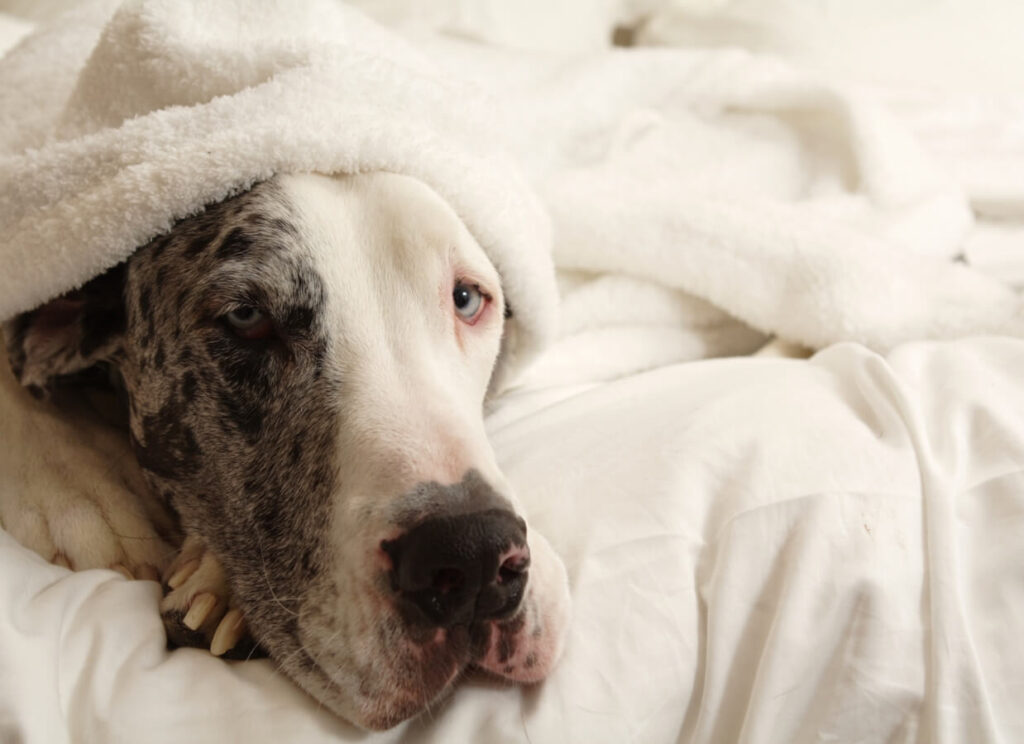
Kibble vs. Fresh Food for Great Danes
Formulating your own dog food at home can be rewarding and incredibly helpful for dogs that just don’t do well on commercial foods.
However, as you may have noticed, it’s not exactly a cake walk. A misstep could cost your dog its life and health.
It’s important to note that kibble-fed dogs are living long, healthy lives. Properly formulated kibble is safe and healthy. Switching entirely to fresh foods may provide some minor benefits, but for most dog owners, the risk of formulation issues isn’t worth the reward.
I personally feed my dogs a kibble diet (Pro Plan Large Breed and Royal Canin Giant Breed) and top their food with canned, fresh, and raw options.
They thrive on a 90/10 ratio, which is recommended by Board Certified Veterinary Nutritionists:
90% complete and balanced kibble
10% balanced fresh or canned including unbalanced treats, toppers, and dental chews
Sometimes I offer up to 40% balanced fresh foods in lieu of kibble.
The key here is BALANCE. Balanced nutrients and educated feeding.

Homemade Food for Great Dane Puppies
I have mentioned this above, but felt that this topic was worth it’s own heading.
Homemade food for Great Dane puppies is rarely if ever recommended. This is because they need exact levels of calcium and phosphorus, plus the correct balance of amino acids, proteins, carbs, and fats.
Lacking this balance, Dane pups can suffer from knuckling, painful inflammation, hip dysplasia, flat feet, poor conformation, and poor development of brain, eyes, tendons, and muscle.
We promise, the ‘benefits’ of fresh homemade dog food are massively overstated in this case especially, and you would be smart to stick to a properly formulated large or giant breed puppy food from a reputable company.
Here is our list of quality, approved Great Dane puppy foods. Feed these until 18-24 months of age. If you want to add fresh foods, remember to keep it balanced and reduce kibble intake accordingly, beginning no sooner than 6-8 months of age.
- Purina Pro Plan Large Breed Puppy – any flavor!
- Purina Pro Plan Sensitive Skin & Stomach Large Breed puppy – TOP PICK, salmon-based
- Eukanuba Large Breed Puppy (Great for active and sporting dogs)
- Purina One Large Breed Puppy (Excellent budget option)
- Hill’s Science Diet Puppy Large Breed
- Royal Canin Giant Puppy Dry Dog food (to age 12 months) – TOP PICK, PREMIUM OPTION
- Royal Canin Giant Junior Dry Dog food (8-24 months)
- Purina Large Breed Puppy Chow
Check out THE GIANT DOG FOOD PROJECT to compare brands and values.

